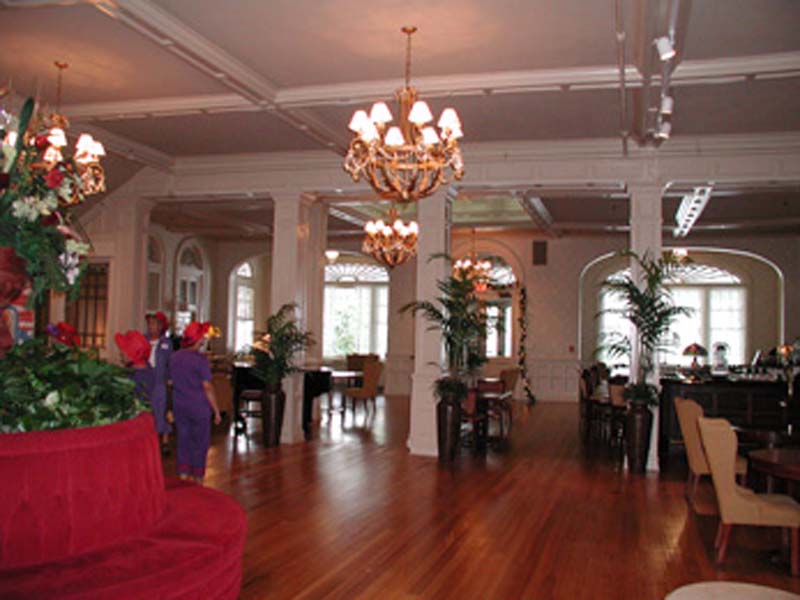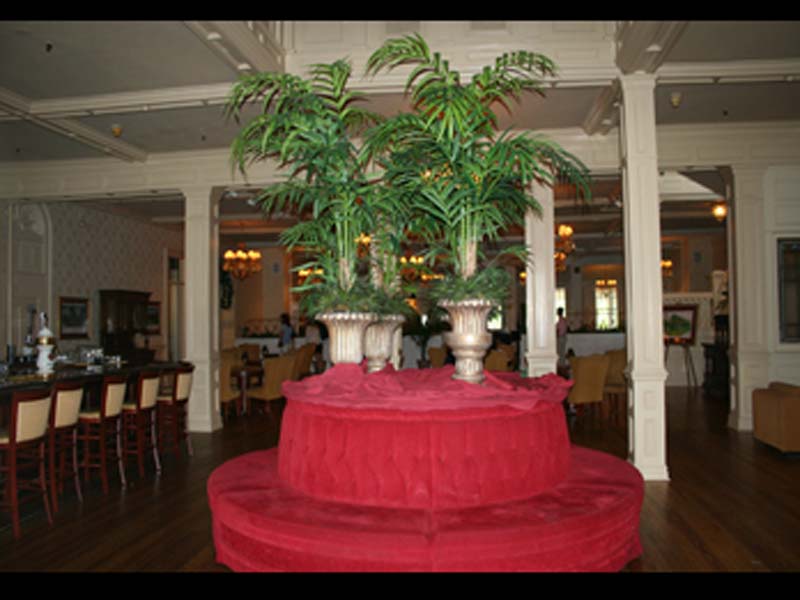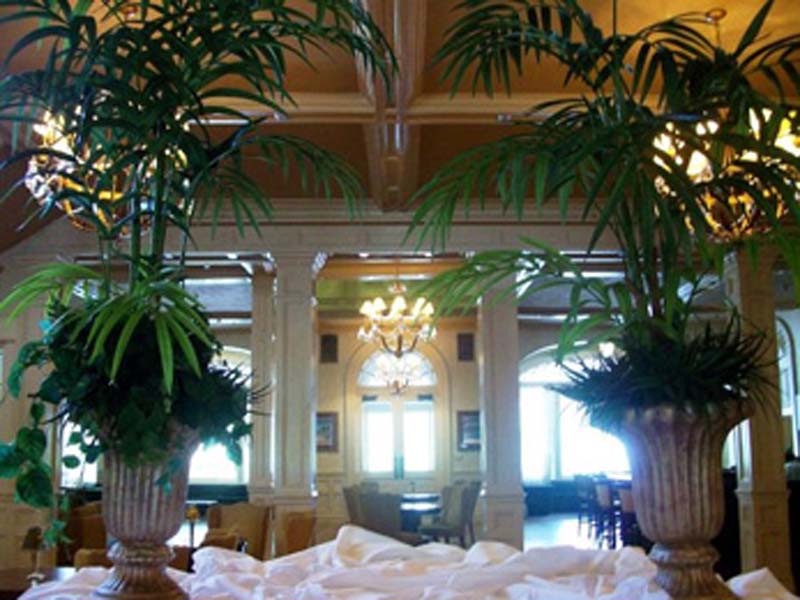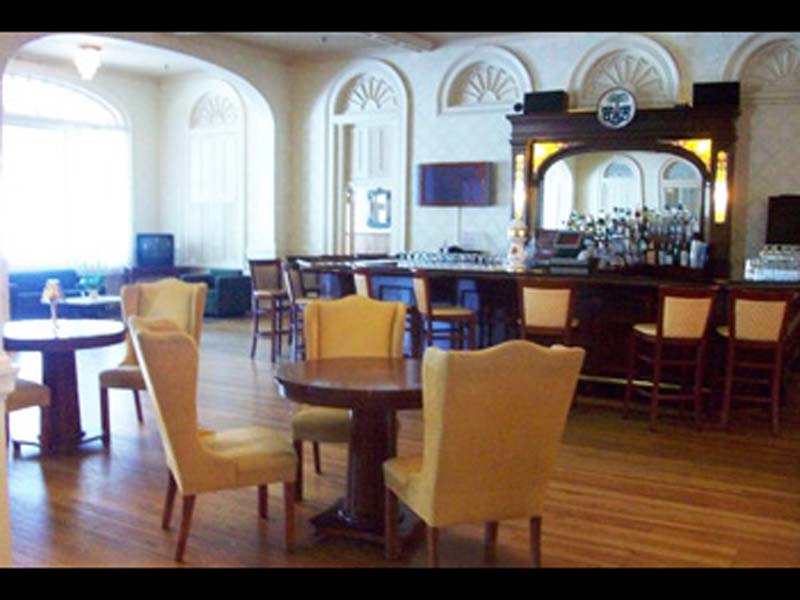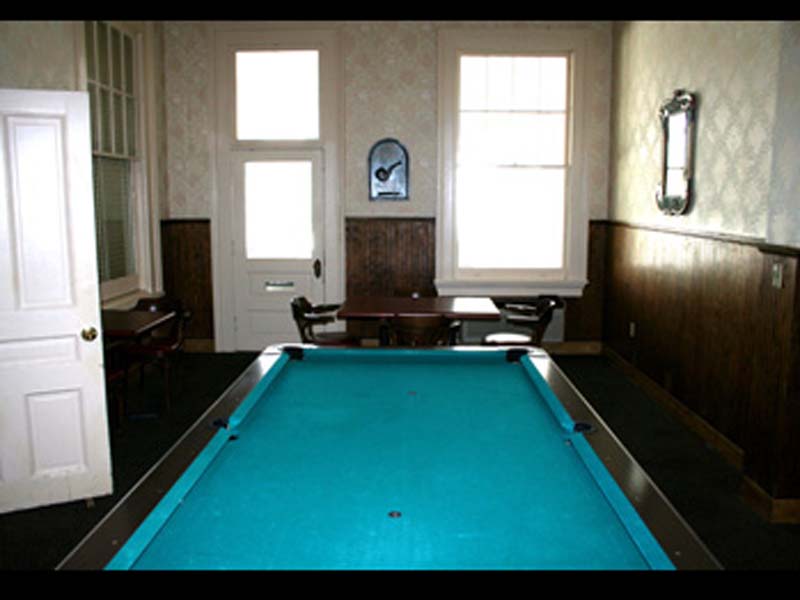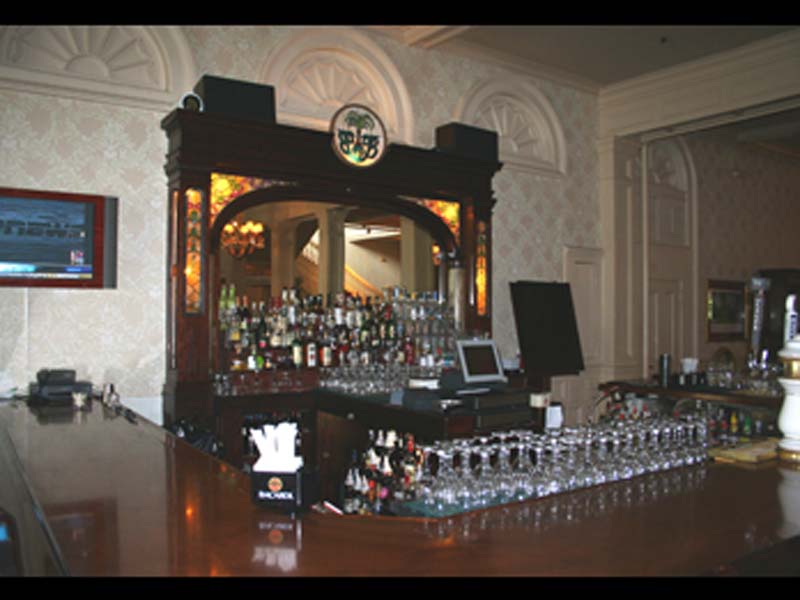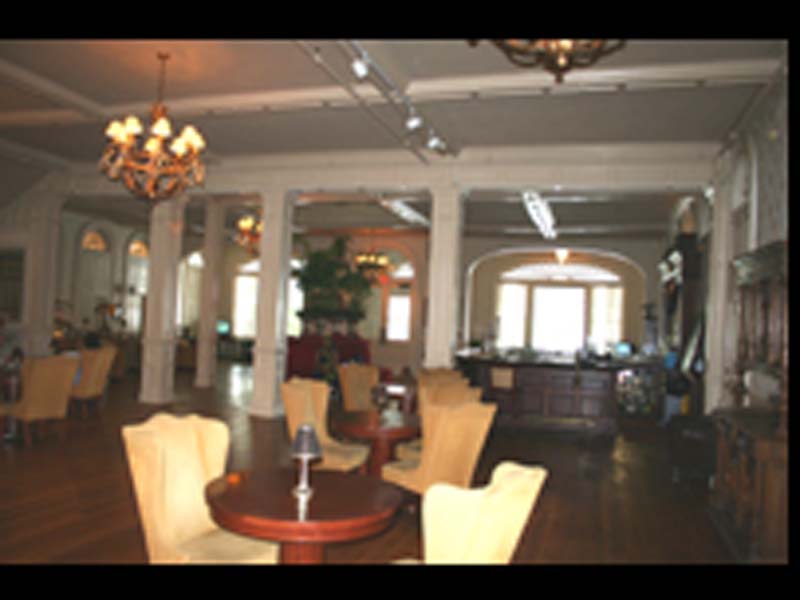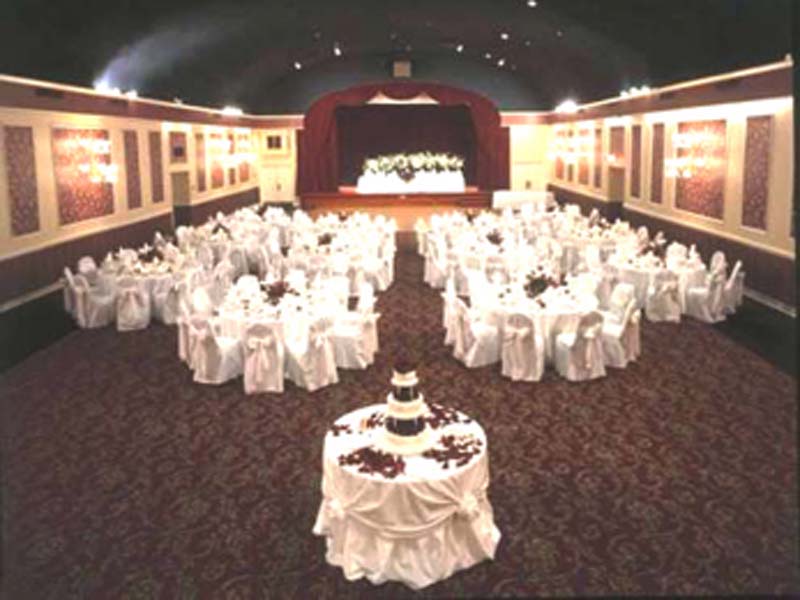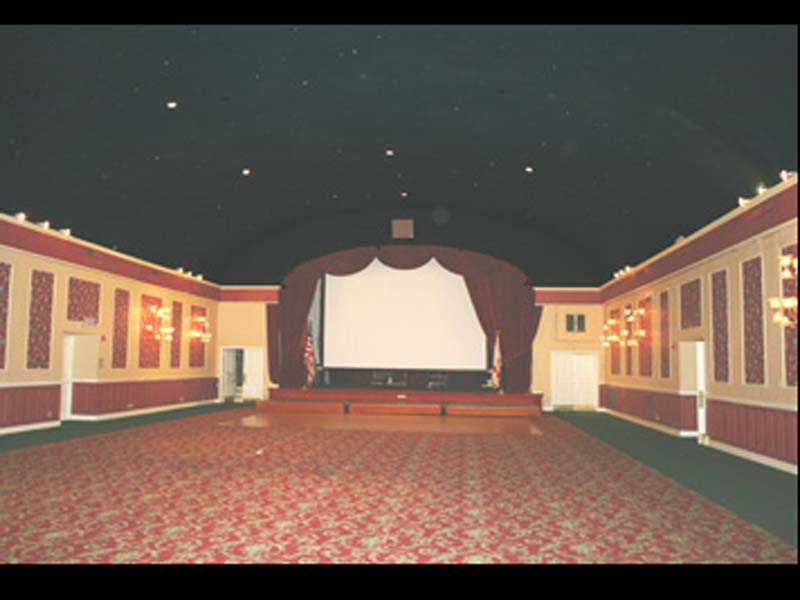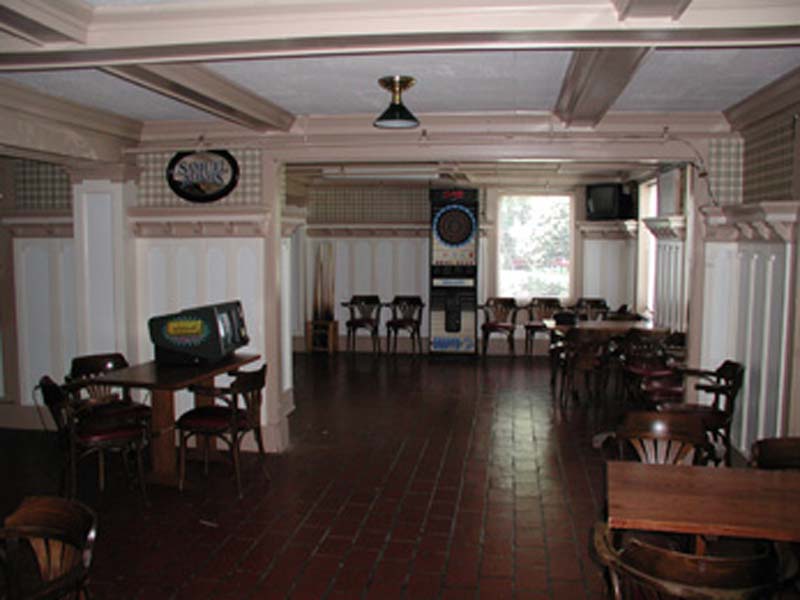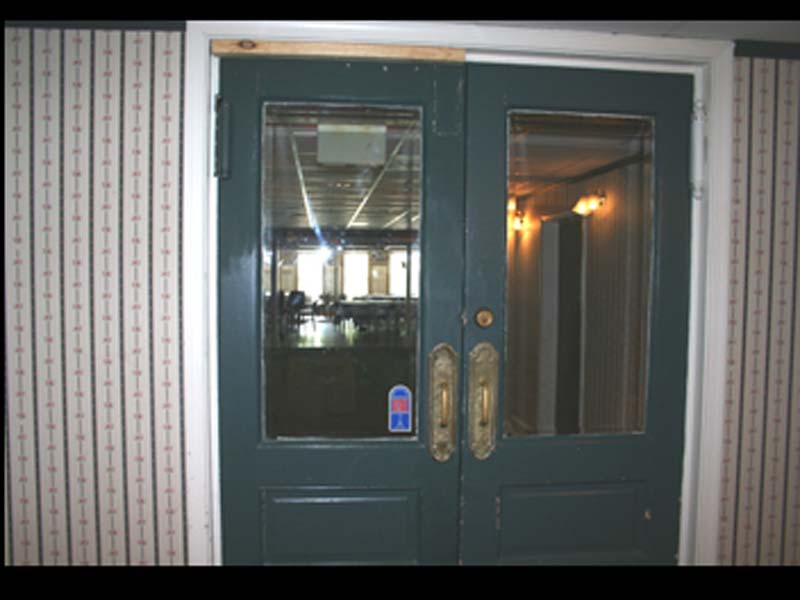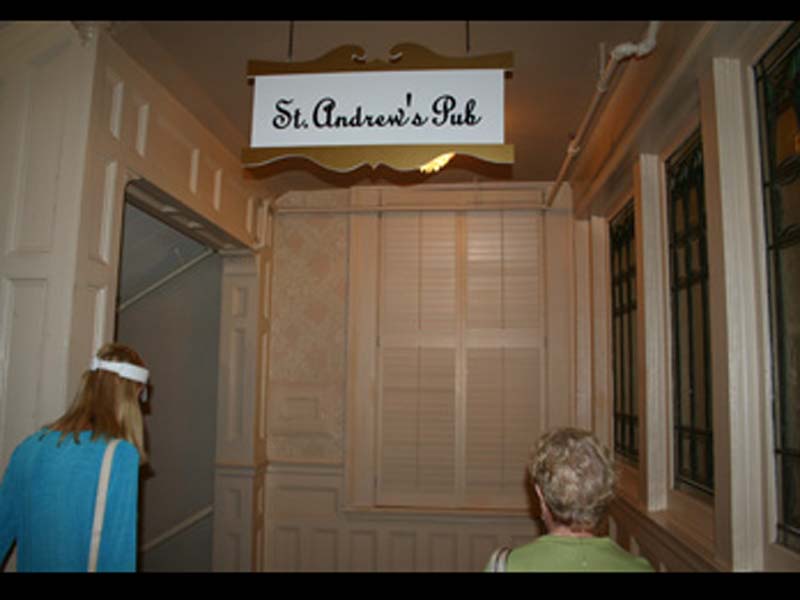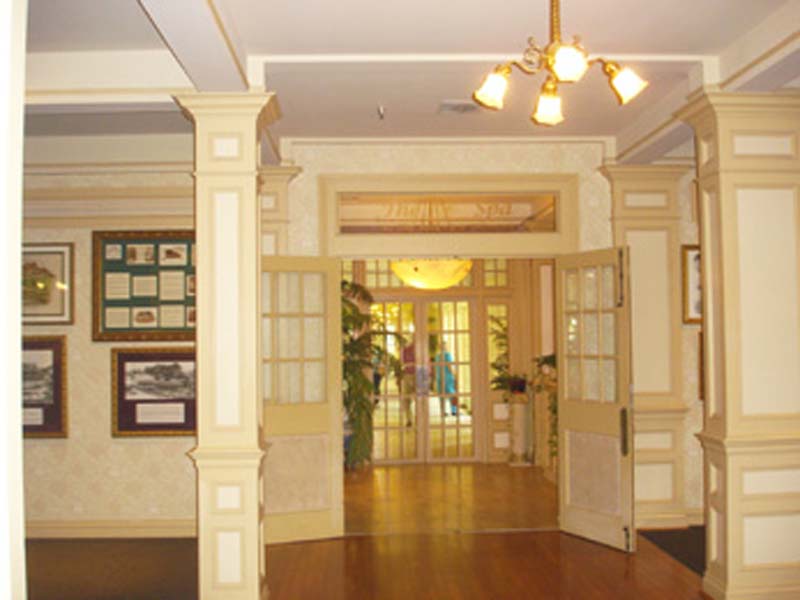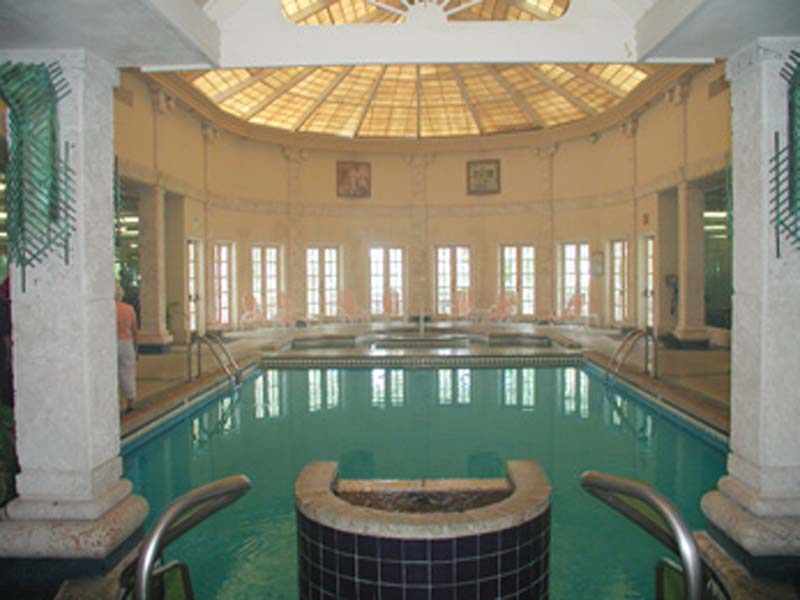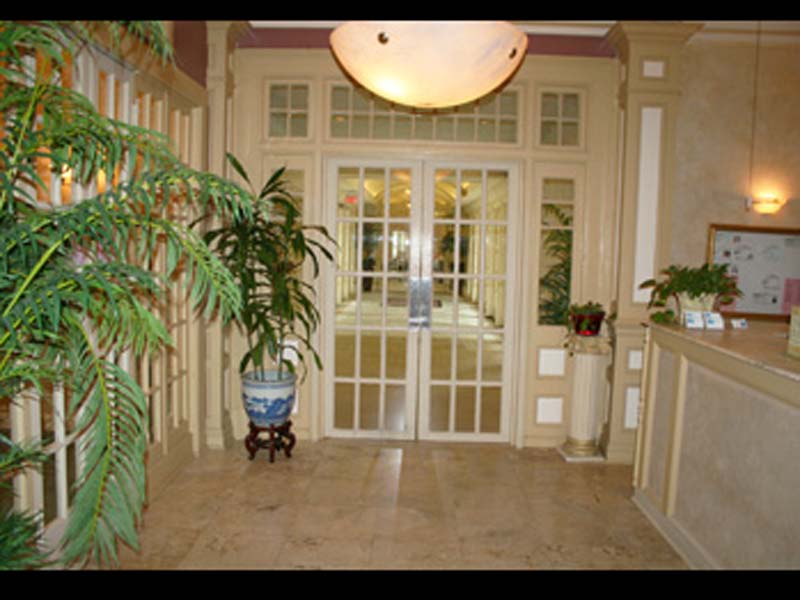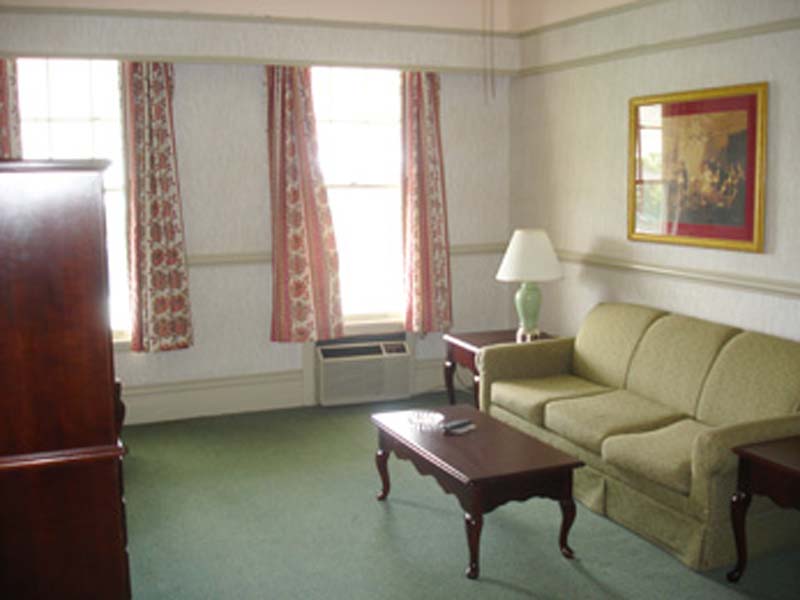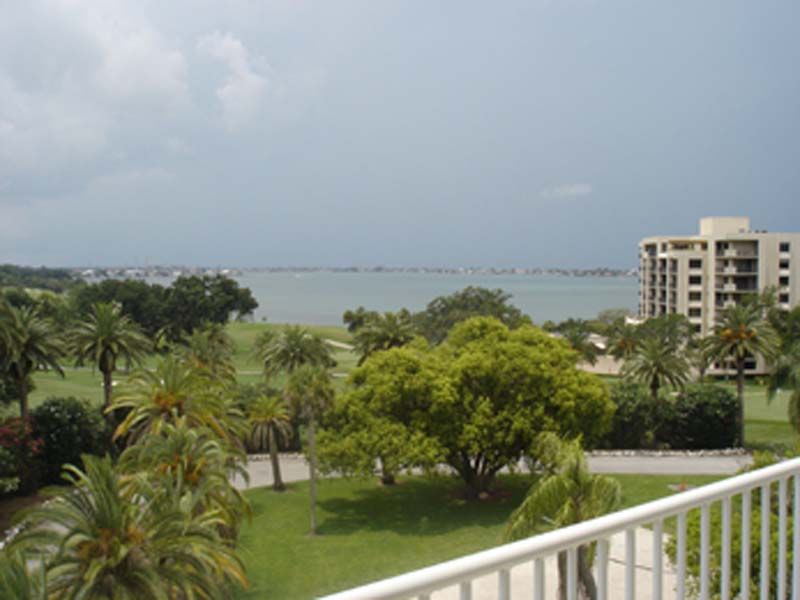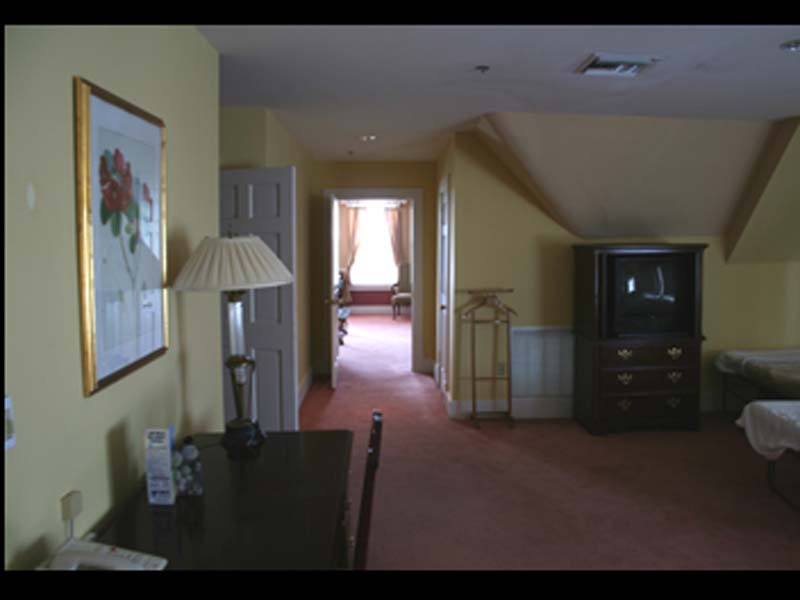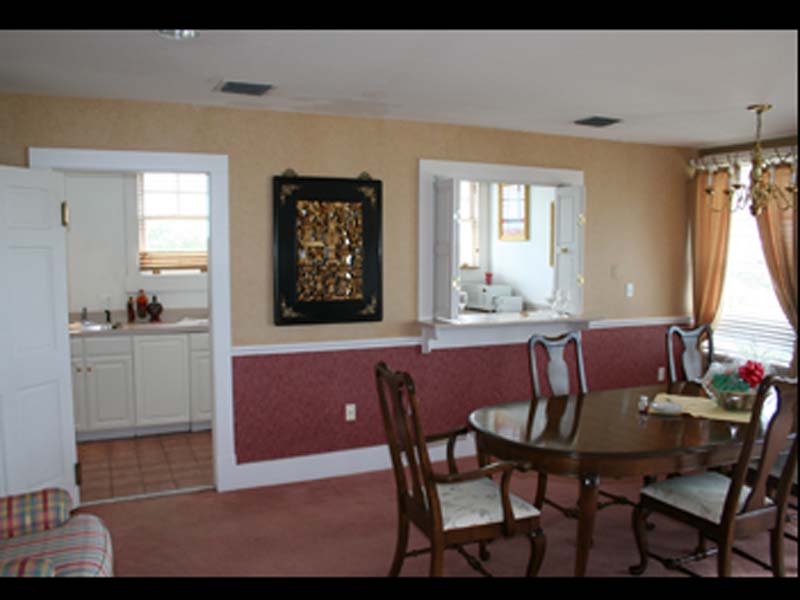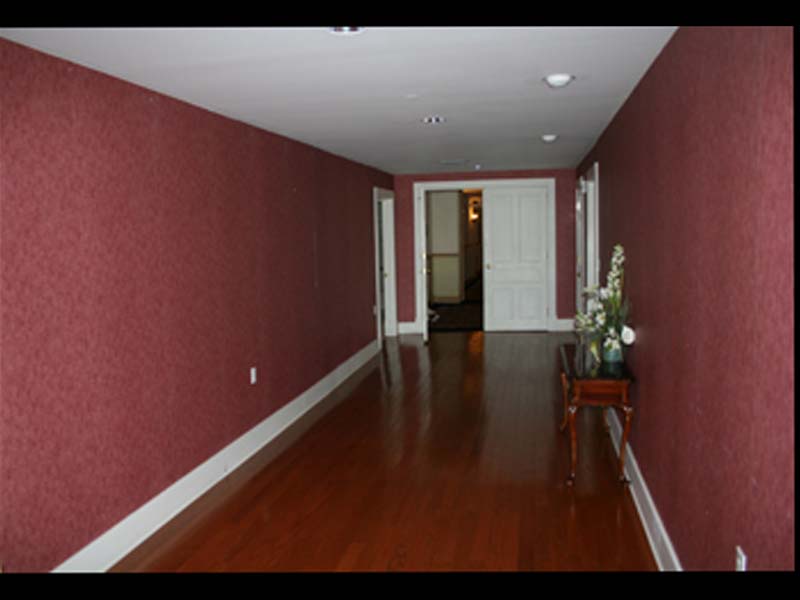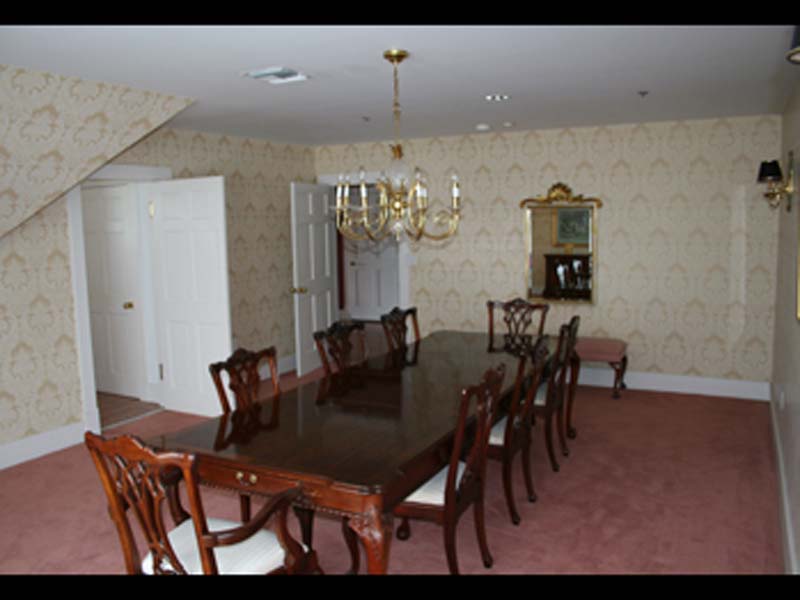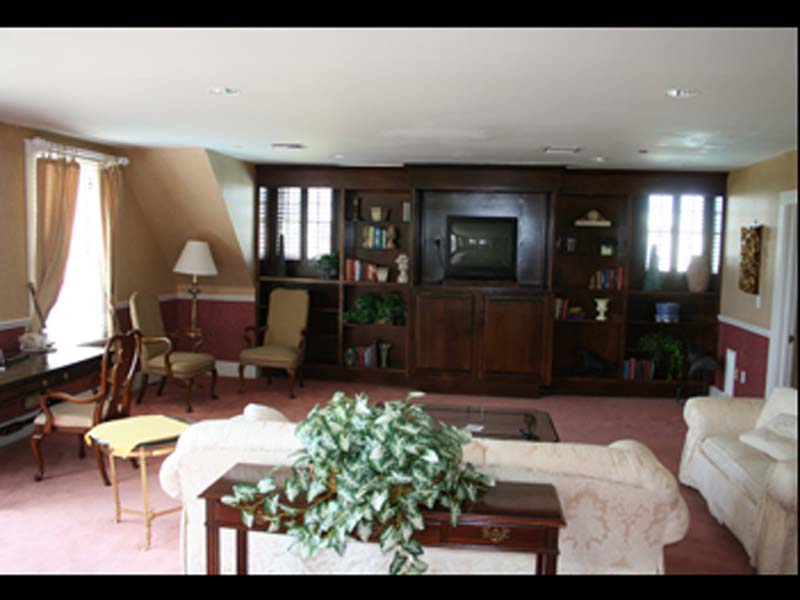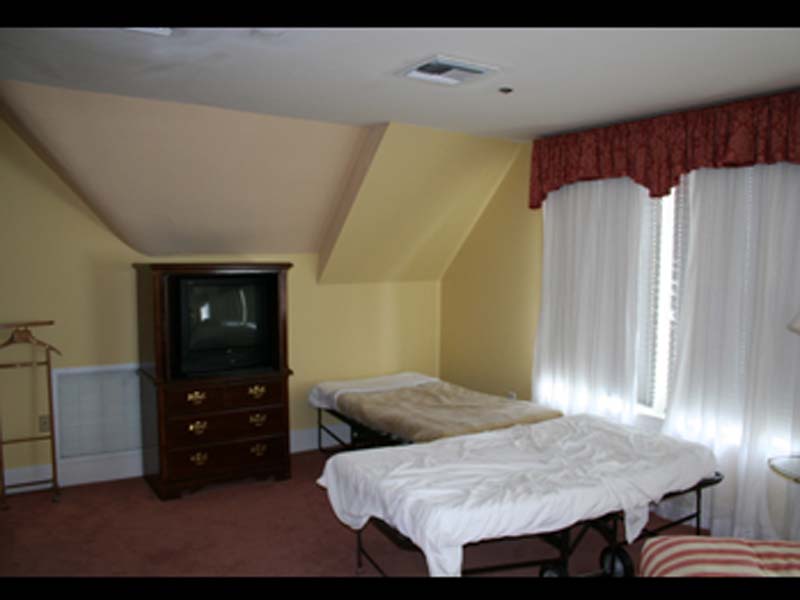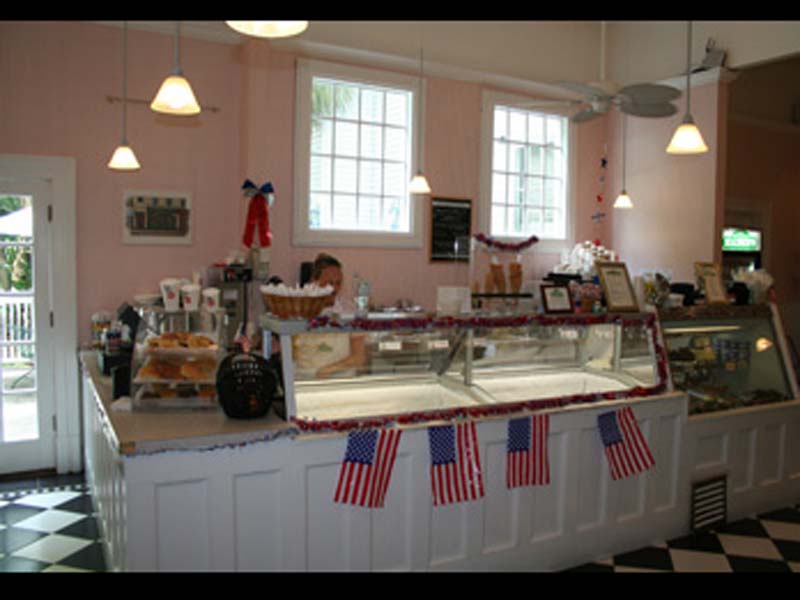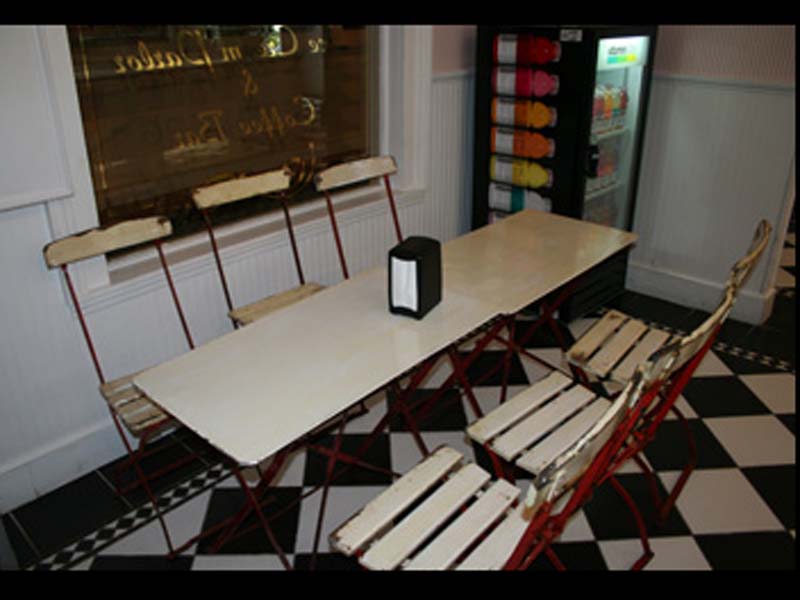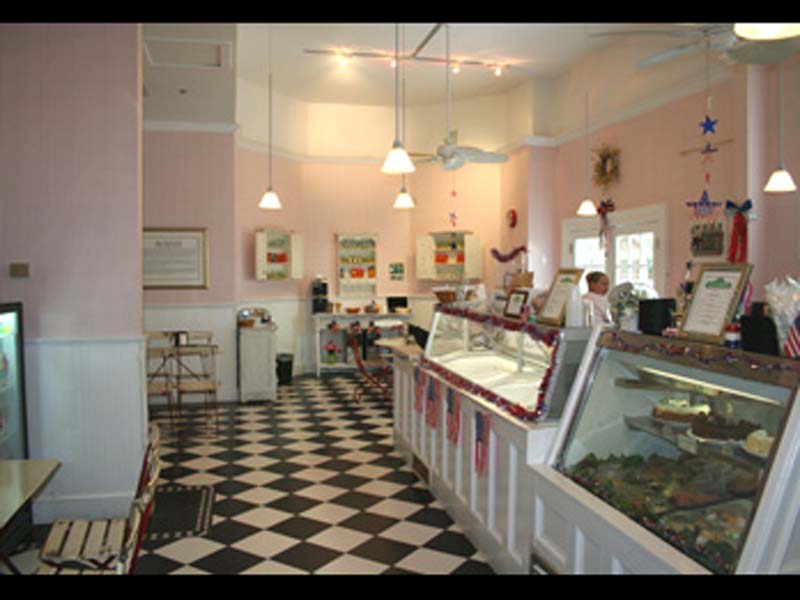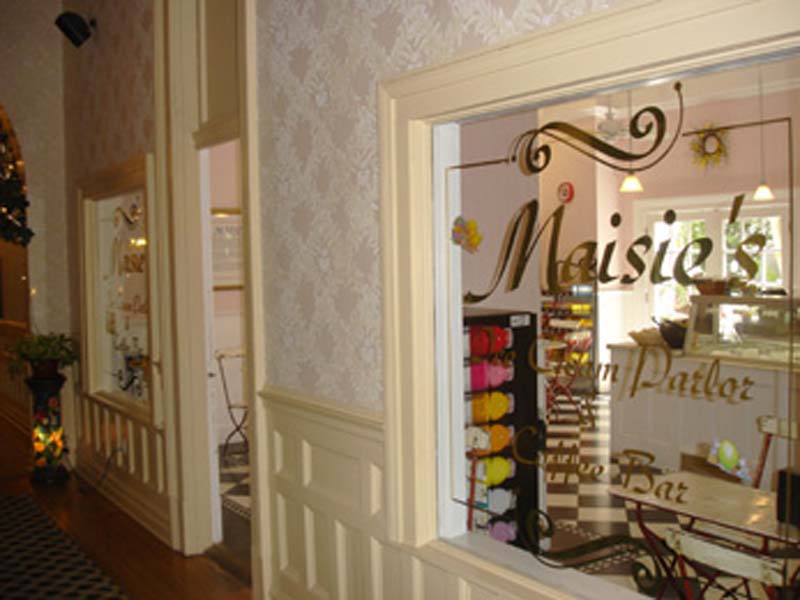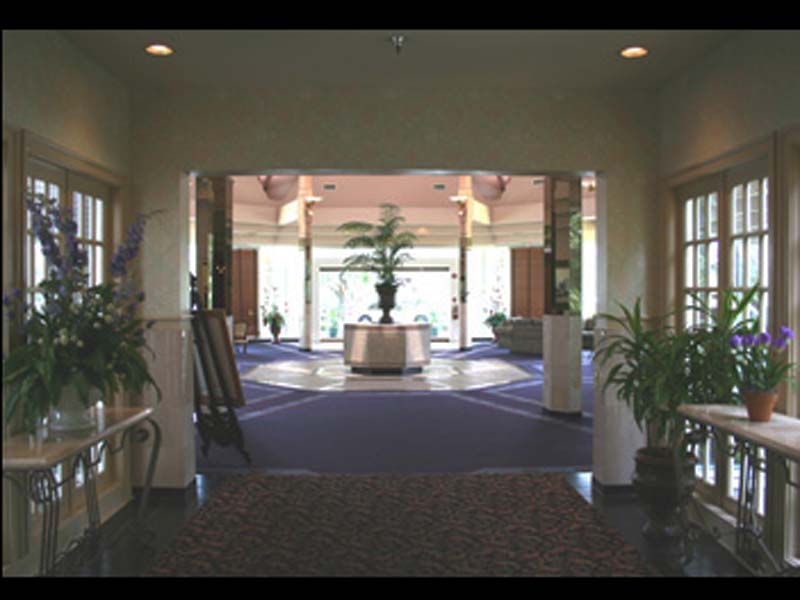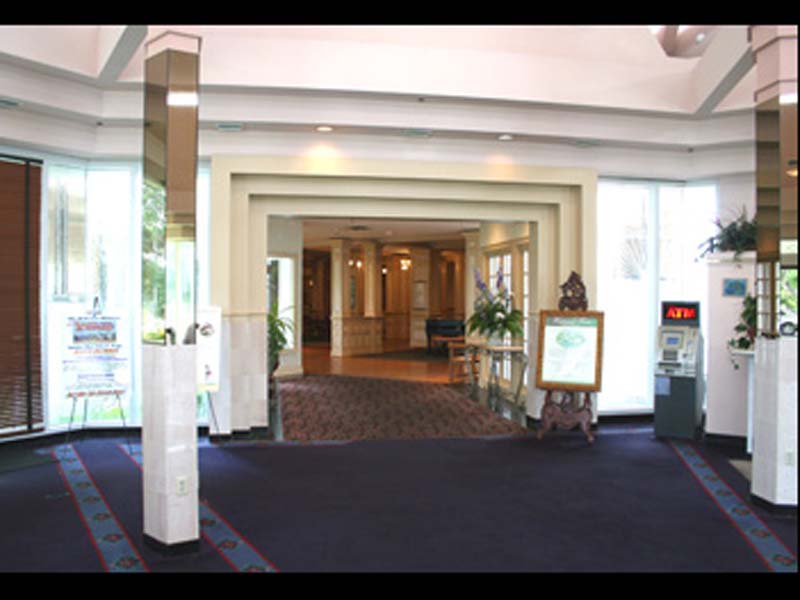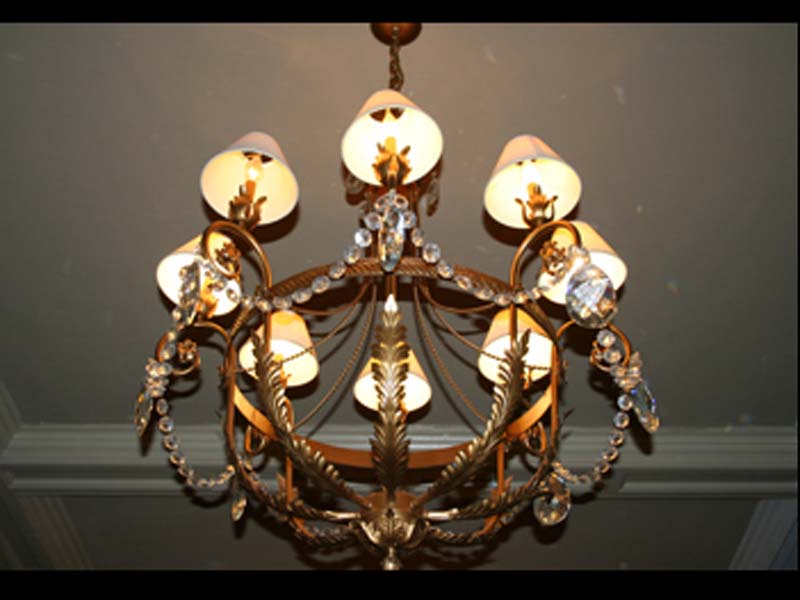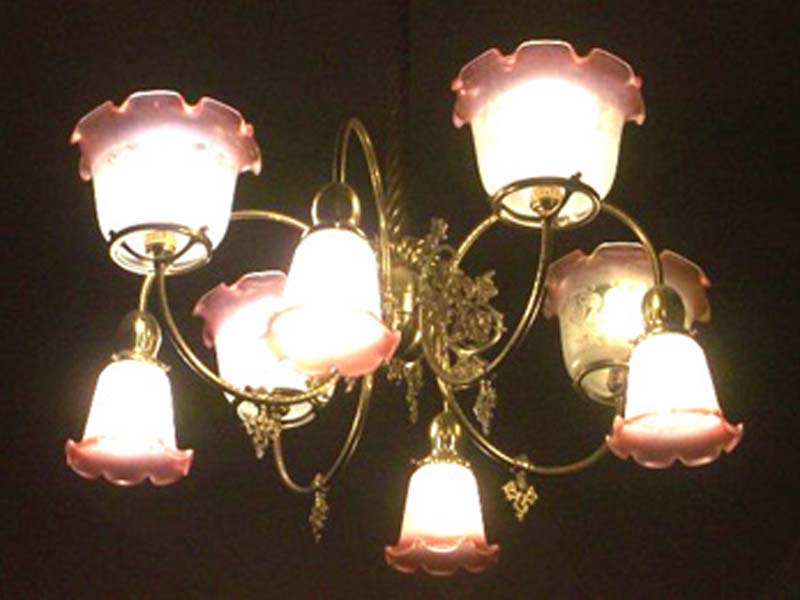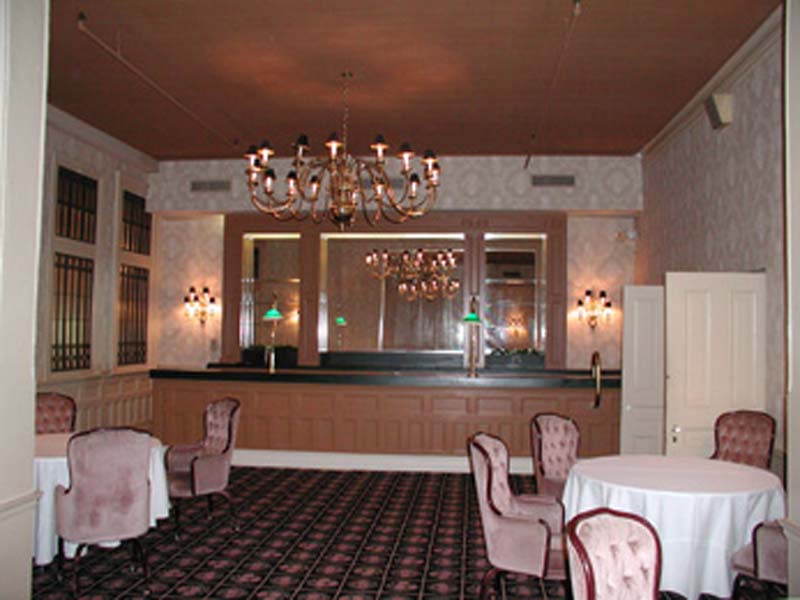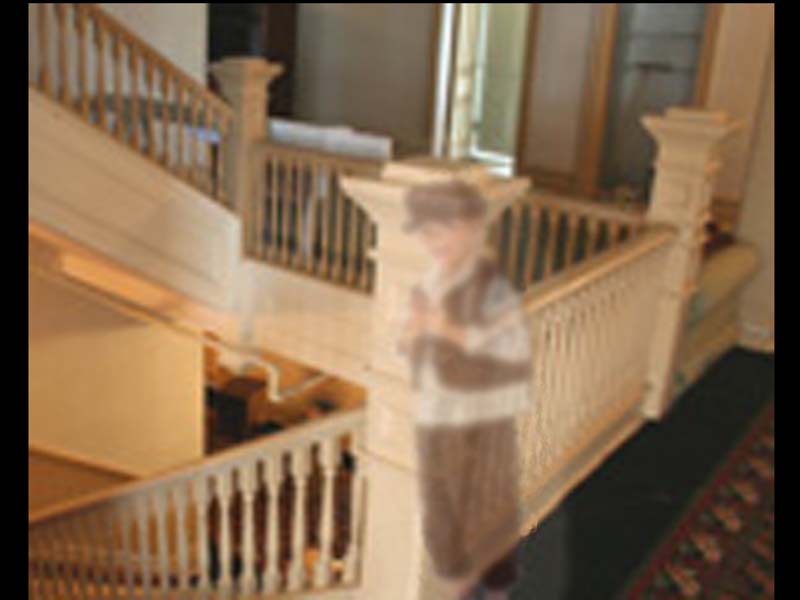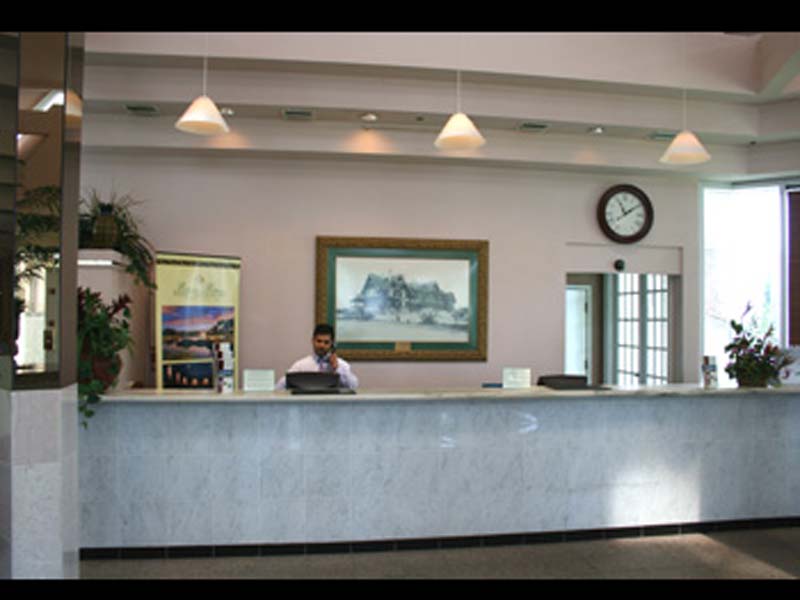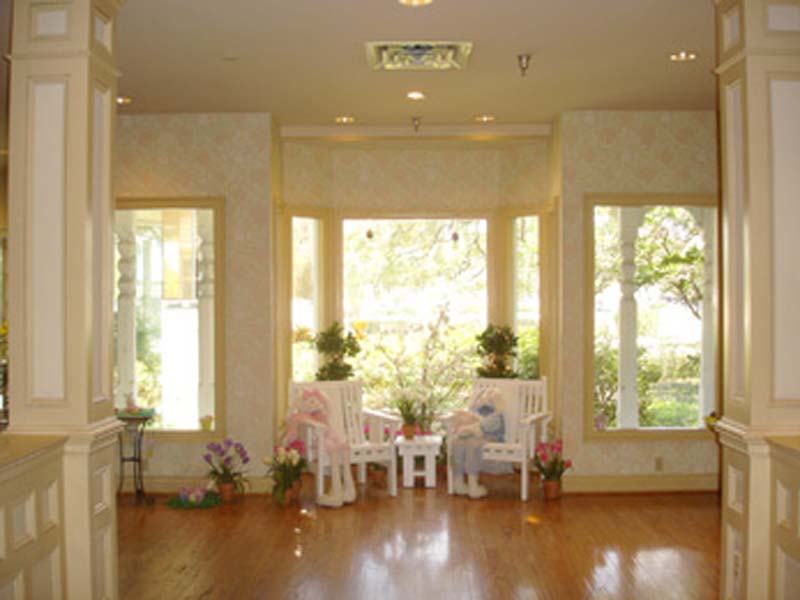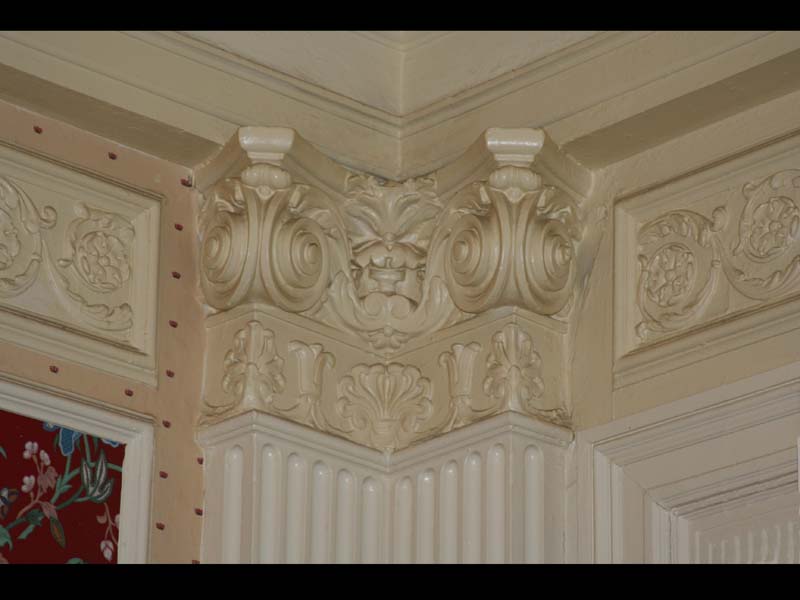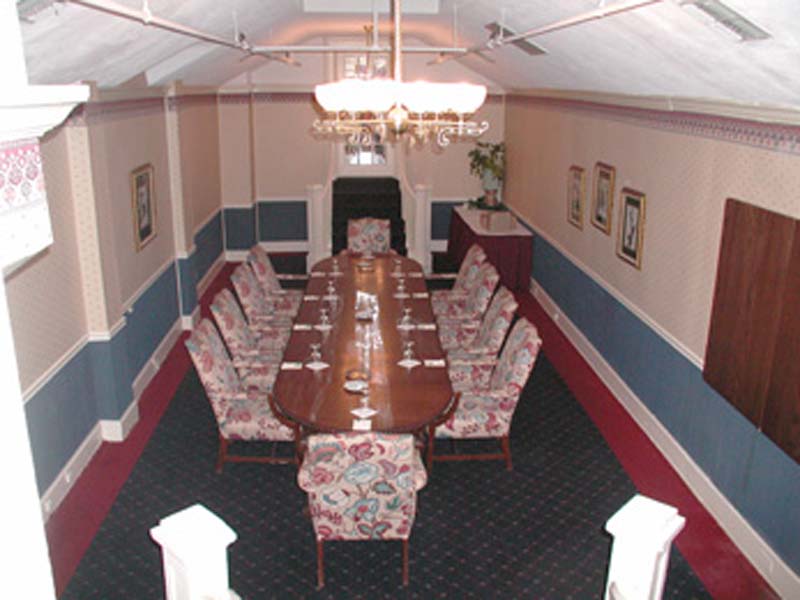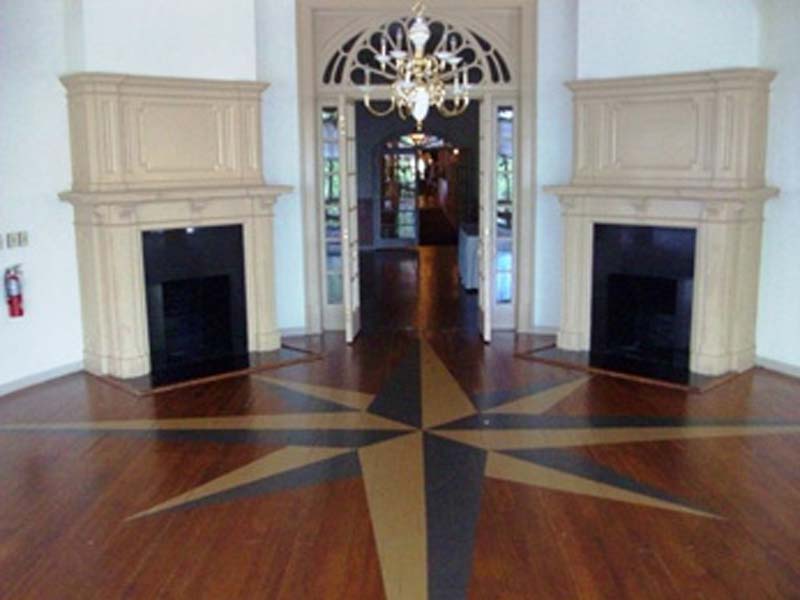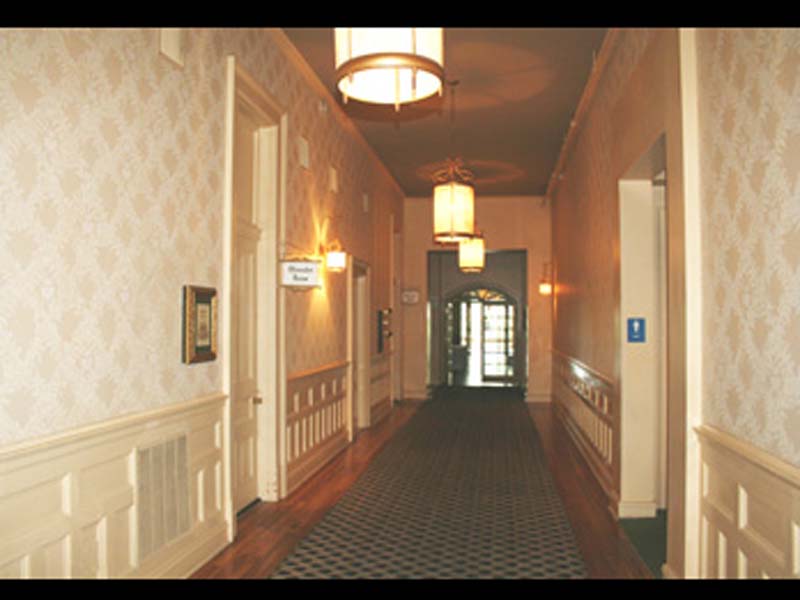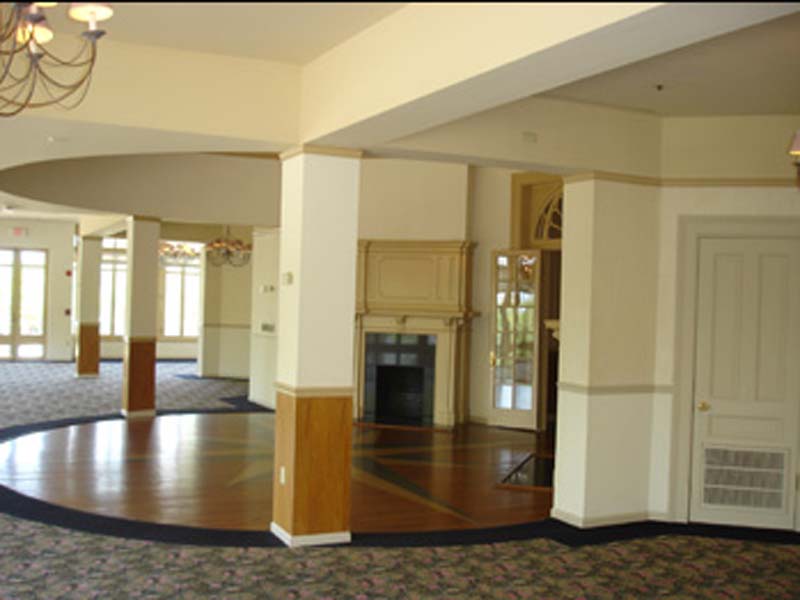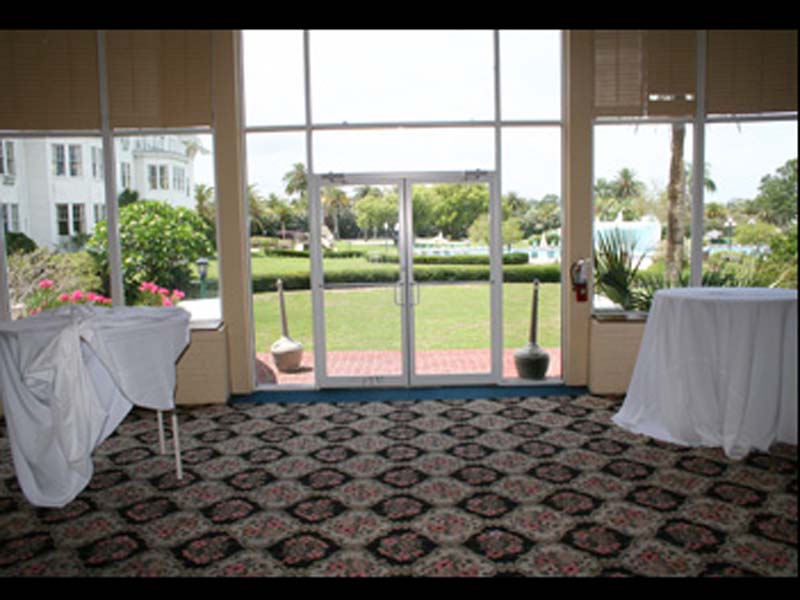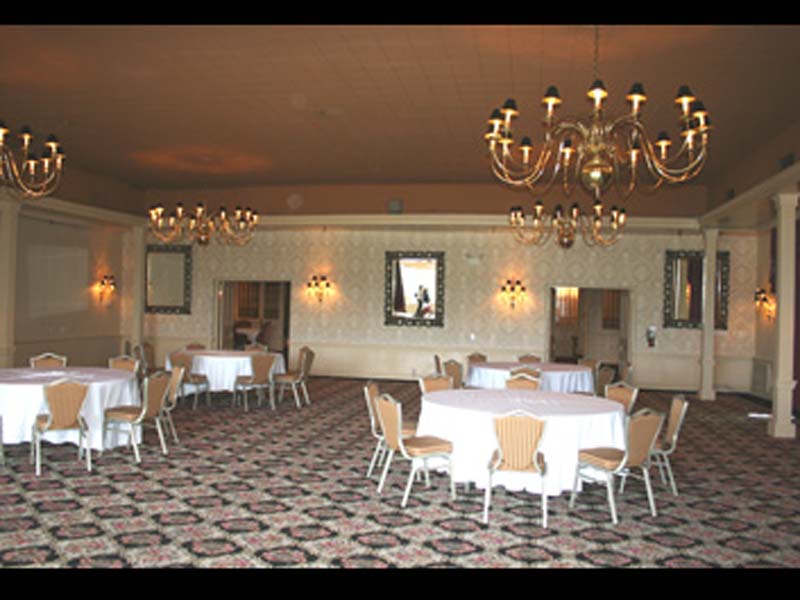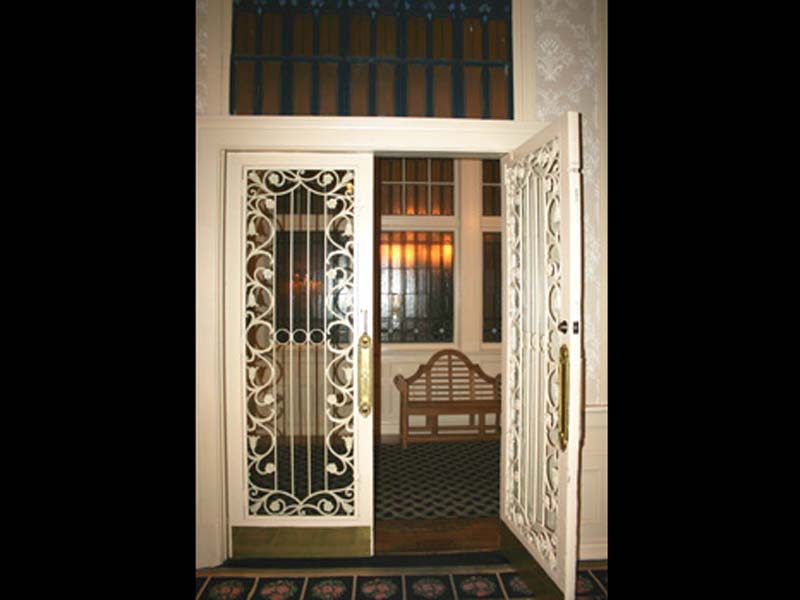Belleview Biltmore Hotel
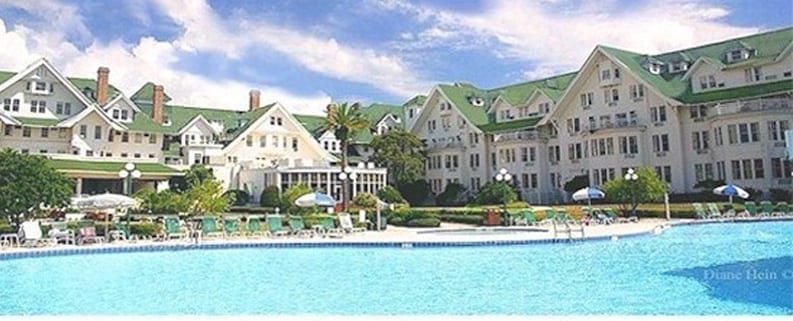
The Belleview Biltmore Hotel
The Hotel Belleview was built in Belleair, Florida, by one of Florida’s founding fathers, Henry B. Plant, to provide luxury winter quarters for wealthy and elite travelers. The hotel opened for its first winter season on January 6, 1897.
The Hotel Belleview was touted to be the most luxurious, innovative, and beautiful hotel one could imagine. Every guest room boasted a fireplace and three incandescent electric lights, and every bathroom (many of them private) had running hot and cold water. The corridors were built wide enough that two women wearing hoopskirts could pass one another comfortably, and the exquisite meals served in the dining room were prepared by incredibly talented chefs. Long covered verandas provided seating, where guests could enjoy tea, while taking in the magnificent gardens and vistas. The hotel also offered daily postal and newspaper service, an on-site telegraph office, and (once telephones were invented,) a telephone switchboard. The hotel also offered a wide range of activities, including formal balls, golf, horse races, bicycling, boating, sightseeing tours, and wild game hunting adventures. Work areas, including a bakery, laundry, ice-keep, and dressmaking shop, were located in the basement, out of sight of guests. Railroad tracks ran all the way to the hotel’s entrance and, for those guests who preferred to travel in private Pullman Cars, the hotel provided a private and secure railyard for winter storage.
Over the course of 120 years, the hotel grew into a resort, changed hands a dozen times, changed names a few times, and hosted hundreds of thousands of visitors from around the world. In 1904, Morton Plant (Henry’s son,) added a guest wing at the East end of the Belleview Hotel, almost doubling its size, and in 1917, he added a fire station, complete with a La France firetruck. After Morton’s death in 1919, the hotel was sold to the Biltmore Hotel chain, and in 1924, the South Wing was added. Over the next several decades, other additions and improvements increased the size of the hotel to a whopping 820,000 sq. ft. (plus a full basement) – arguably making it the largest occupied wooden structure in the world.
Its long list of notable hotel guests included: Henry Ford, Thomas Edison, Babe Ruth, Al Capone, the Duke of Windsor, Joe DiMaggio, Lana Turner, Billy Joel, Christie Brinkley, Bob Dylan, Margaret Thatcher, and four US Presidents (Carter, Ford, Bush Sr, and Obama.)
Over time, the hotel also earned two nicknames. In 1909, when the exterior of the hotel’s appearance was beginning to look rather weathered, it was painted a bright white and a green tiled roof was added. The new look was so gorgeous, people began referring to the hotel as “The White Queen of the Gulf” and the nickname stuck. Many decades later, when people came to visit, not because the hotel was a marvel of modern innovation, but because the history of the people and historic eras had become an integral part of its ambiance, the Belleview Biltmore earned a second nickname: “The Hotel That Time Forgot.”
The Belleview Biltmore Resort closed on the last day of May in 2009 for a total renovation, but due to the collapse of the real estate market and subsequent financial crisis in the USA, the owners lost their funding and the renovation fell apart. Despite valiant efforts to save the iconic hotel from demolition, the battle was lost. The developer who purchased the hotel demolished the vast majority of the hotel in 2015, however, the original lobby entrance and the rooms directly above it were preserved (about 4.4% of the hotel) and incorporated into a small, 33-room inn, thereby preserving a tiny bit of history within the new condo and townhome community.
The novel series, “Spirits of the Belleview Biltmore,” by BonSue Brandvik, is set in the historic Belleview Biltmore Hotel and mostly written after the Belleview Biltmore closed. Without realizing this would be the case, BonSue was the last guest to ever check out of the hotel. Her four-part series of novels seeks to help preserve the glorious history of the Belleview Biltmore Resort, recognize the incredible influence it had on the surrounding community for more than a century, and pay tribute to the treasured memories of countless individuals who spent time there, including many encounters with spirits/ghosts that many claim still remain!
Take a trip back in time and peek inside of the Belleview Biltmore Hotel as it once was.
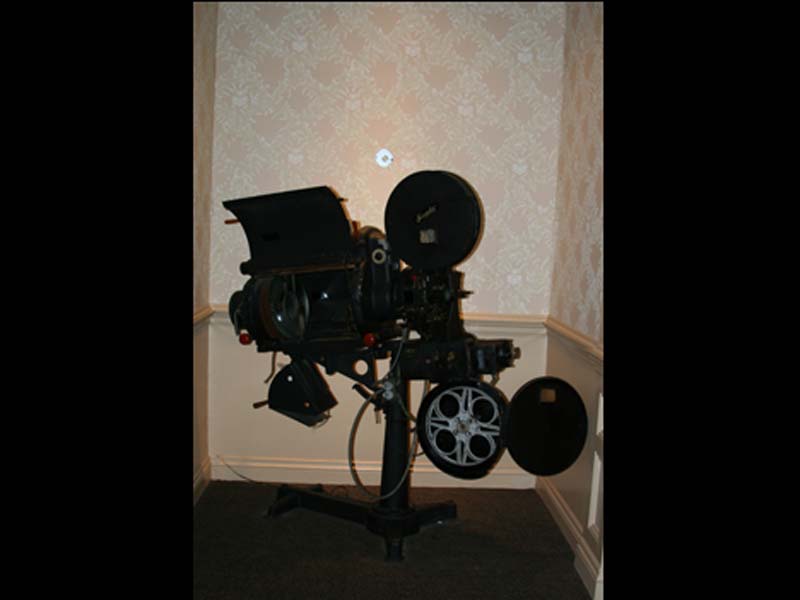
Belleview Biltmore Hotel Photo Galleries
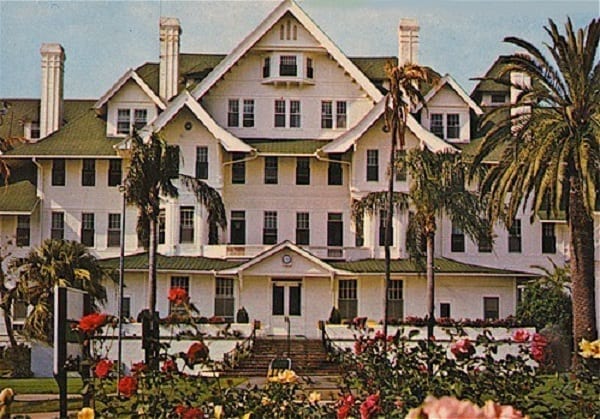
Belleview Biltmore Timeline
1895-1896: The original Hotel Belleview is constructed by a team of 300 men on 290 acres of land. It takes 18 months to clear the land and build the hotel, which features a main floor and four stories of guest rooms above. The hotel runs 400 feet from east to west and is 96 feet wide. A pump house at the end of a long pier provides fresh water to the hotel from an underground stream, and a steam generator provides electricity. The Plant System train runs all the way to the hotel’s entrance, and a railyard provides seasonal parking for elite guests who own personal Pullman cars. Each guest room features three incandescent lights and a fireplace. A few guest rooms boast a private bath, and most others have a semi-private bath. Hotel staff lives on-site, in a 150-room dormitory. Rooms can be rented on the uppermost floor, which has two full bathrooms, for servants/nannies traveling with hotel guests.
January 15, 1897: Grand Opening – The 145 room Hotel Belleview opens for its first winter season, celebrated by a gathering of founder and transportation magnate, Henry B. Plant’s friends, family, and business associates. Also at this gathering, are a host of area residents who watched in wonder, as an army of workmen toiled for a year and a half to construct the magnificent structure.
1898-99: The Belleview’s horse racing track, which is constructed of crushed oyster shell and includes a grandstand for viewing, is also now used for international bicycle races. Boats offer sightseeing trips and beach excursions. A six-hole golf course with sand greens is designed and constructed by Launcelot Cressy Servos.
1898: Henry Plant commissioned Miss Stella Spurlin of Camden, Alabama, to compose “The Belleview Waltz,” dedicated to his second wife, Margaret Loughman-Plant.
1899: Henry Plant dies suddenly at his Fifth Avenue home in New York City. His will, which had left the entire Plant System to his four-year-old grandson, Henry B. Plant III (Thrice,) is successfully contested by his son, Morton, and wife, Margaret, on the basis that Plant was a resident of New York, but the new will had been produced and signed in Connecticut. Afterward, Morton dismantles the majority of the Plant System, but continues to run the Belleview until his death in 1919.
1900: Palm Cottage is built. It is the first in a series of twelve, individually named, kitchen-less private winter homes constructed on the hotel grounds by wealthy families in exchange for four seasons of free lodging. Although called “cottages,” most of these winter homes are quite large. After four years, cottage ownership reverts to the hotel and thereafter, the families that built them are given the first option to lease them for the season. If they choose not to winter at the Belleview, the cottages are leased to other guests.
Early 1900s: The entrance bridge provides much more than access to the hotel. It houses a curio shop, antique shop, and two museums. One museum exhibits mounted fish from the area, and the other features mounted animals and plants found in the tropics.
The Belleview Hotel proves to be an ideal vacation spot for industry leaders such as Thomas Edison and Henry Ford. Ford must be in constant contact with his plant in Detroit even when he’s on vacation, so the Belleview, which has telephone and telegraph services available on the premises, as well as a post office that services the entire town of Belleair, is an excellent vacation choice. Hotel guests can even buy the Wall Street Journal and keep up with the stock market on a daily basis. The Stone Crab Club is formed. Its membership consists of guests who have spent at least five winters at the Belleview. Members are given a silver buckle in the shape of a crab, and at the annual party, where a mountain of stone crabs and champagne are served.
1904: The 120-foot East Wing is added, doubling the size and capacity of the hotel from 145 to 290 guest rooms. This wing technically faces north, as do the much larger kitchen and dining room that are built at the same time, but it’s called the East Wing because the addition is built on the east end of the main building.
1909: The original wood exterior has faded to a dull grey color, so it is painted a bright white and the roof is retiled with green shingles (instead of red). The Belleview is nicknamed the “The White Queen of the Gulf.”
1910 and 1914: Donald J. Ross is hired to design two golf courses and, even though it was commonly believed that grasses for greens wouldn¹t grow in Florida, Morton Plant experiments with grasses, fertilizers, and soils. The horse/bicycle track is torn down in order to build the second golf course.
1914-1915: Shortly after the death of Nellie Capron-Plant, Morton Plant’s wife of 26 years, Morton meets May Cadwell-Manwaring-Plant (Maisie.) It is rumored that Morton Plant paid Selden B. Manwaring $8 million to divorce Maisie and allow him to adopt their son, Phillip. Less than ten months after Nellie’s death, and only one month after Maisie’s divorce is finalized, Morton and Masie are married, and Phillip is adopted by Plant.
At Maisie’s urging, construction begins on an Olympic-sized swimming pool. Dedicated as always to excellence, Morton Plant brings in tile setters from Italy to install the more than one million multi-colored ceramic tiles to line the seventy-five by sixty-foot pool. The partially covered bathing pavilion becomes quite popular with guests. Young Henry Plant III is involved in a serious accident that almost costs him a leg (it’s unclear whether this was the result of an automobile or racing bicycle accident.) Morton Plant races a railcar operating room and surgical team to his son’s aid. The medical team stays on site for more than a month and Henry recovers fully. Morton Plant offers an endowment fund of $100,000 for maintenance of a hospital in Clear Water Harbor, which is renamed Clearwater in 1915. To qualify for the endowment, the community must raise $20,000 to build the hospital before the hotel closes for the season. Funds are raised within two months.
1916: Morton Plant Hospital opens January 1, 1916 with twenty-one rooms, one operating room, twenty patient beds and five bassinets. The two-story facility, built within walking distance of the Hotel Belleview, is the first hospital in northern Pinellas County.
1917: The Belleview Hotel purchases a 1917 American LaFrance fire engine. The hotel was one of the earliest hotels to have its own fire department and police force. The fire truck also services the residents of Belleair Estates and assists the city of Clearwater (formerly Clear Water Harbor) when needed.
1919: Morton Plant dies suddenly of influenza. His estate is liquidated and his wife, Maisie inherits the lion’s share of his fortune (approximately 70%.) Morton’s son, Henry B. Plant III, and Phillip Manwaring-Plant (Maisie’s son whom Morton had adopted) inherit the balance of the estate in equal measure.
1920: John McEntee Bowman of the Bowman-Biltmore Hotel chain purchases the hotel, and renames it the “Belleview Biltmore.” Bowman also purchases the Belleview’s sister hotel, the Griswold, in New London, Connecticut. Local residents are upset with the name change and continue to call it the Hotel Belleview.
1925: Belleair Estates, consisting of the homes built in a horseshoe pattern around the Belleview Biltmore, on property owned or formerly owned by the Plant System, is officially incorporated as the Town of Belleair.
1920-1940s: The roster of Belleview Biltmore guests reflects the aura of extravagance and indulgence of the time. Railroad presidents pull up on the Belleview Biltmore’s side tracks in their private cars. The Studebakers, the DuPonts, the Pew family of Sun Oil, the Vanderbilts and others associated with “America’s aristocracy” check in, along with countless influential politicians, movie stars and sports celebrities.
The golf links are frequented by some of the most famous golfers and athletes in the country, including baseball player Rube Marzard, golfer Gene Sarazen, baseball great Babe Ruth and golfer Johnny Farrell. The Belleview Biltmore remains completely self-sufficient, with its own post office, police and fire departments (which also serve Belleair Estates and, when help is requested, the City of Clearwater.) The general manager of the hotel also fills the role of postmaster general.
When the 18th Amendment (Prohibition) becomes law, the Belleview Biltmore begins hosting an on-site speakeasy. Due to the hotel’s location, prominent guests, and elaborate basement tunnel system, no liquor arrests are ever made at the not-so-secret speakeasy, which remains a popular lounge long after the 21st Amendment ends Prohibition.
1924: The second hotel addition is built, which includes the South Wing. James H. Ritchie of Brookline, Massachusetts, is the architect for this $1 million expansion which includes the construction of the South Wing, an addition to the dormitory, and the expansion of the grand Tiffany Dining Room. When complete, the Belleview Biltmore has a total of 425 rooms, of which 380 are guest rooms. The rest of the rooms are used for entertainment, dining, and for staff and administrative purposes.
The Belleview Biltmore hosts the 1924 Olympic Swimming Trials. Johnnie Weissmuller (who later becomes the first actor to play Tarzan in the movies) qualifies to swim on American’s Olympic Teams in both 1924 & 1928. He wins gold medals at both events.
1939: Arnold Kirkeby purchases the Belleview Biltmore. Kirkeby started his career as an investment security salesman in 1919. He moved on to become president of the K Corporation, the K Natus Corporation, Warwick Realty and then formed the Kirkeby Hotel chain.
1940: Kirkeby and his wife, known as “the most gracious hosts from coast to coast,” host the Brooklyn Dodgers for spring training. The upper deck of the pool house is removed, since sunbathing has become a popular pastime.
1942: The Belleview Biltmore enters the war effort when it is requisitioned by the U.S. Army Air Corps to provide housing for servicemen training at MacDill and Drew Air Fields in Tampa. The government requires the hotel to hook up to city electricity and water before it will allow soldiers to be bivouacked at the hotel. Until now, the hotel had its own power plant and water pump system. The post office and police departments are moved off hotel property and become the responsibility of the Town of Belleair. The hotel¹s ledgers and registers, antique furniture, chandeliers, furnishings, supplies and equipment are removed and stored in warehouses, replaced with Army cots and metal desks.
The hotel¹s interior walls are painted drab Army-green and its seventeen hundred windows are slathered with heavy coats of black paint to block escaping light, as are the glorious panels between the hallway and the Tiffany Dining Room (which serves as the Army’s mess hall.) The insignia of an eagle is hammered above the main entrance to the hotel. Submarine scares are common as nervous soldiers and Floridians keep watch on the waters of Clearwater Bay and the Gulf of Mexico beyond. The golf courses are used for marching practice and other training exercises, and at times, as pup-tent quarters for overflow soldiers.
1943: August. After eighteen months, the U.S. Army Air Corps moves out. On the last day of their residence, the installation of a brand-new, state-of-the-art, $100,000 fire sprinkler system is completed. The sprinkler system is overbuilt to the point that the system still exceeds fire safety requirements in 2015. The winter of 1943, the Belleview¹s corridors are silent for the first time since 1897. Some of the items stored in warehouses were used in other Kirkeby hotels or sold at auction, but the bulk of items that had been stored in
the warehouses come up missing after the Army leaves, resulting in the loss of a major portion of the hotel’s valuable historic treasures.
1944: Kirkeby sells the Belleview Biltmore to multi-millionaire Ed C. Wright at auction for $275,000. Ed C. Wright made his fortune during the Depression dealing in municipal bonds and defaulted coupons. The purchase is a real estate investment, so the Belleview Biltmore remains closed. However, the fire truck is returned and remains on site to protect the hotel and Town of Belleair.
1946: Wright sells the Belleview Biltmore and twenty+ acres of the surrounding property to a group of investors from Detroit headed by Bernard and Mary Powell, his sister, Nora Peabody, and Roger L. Stevens for $500,000. Mr. Powell was an attorney who argued cases before the Supreme Court. Mr. Stevens was a part owner in the Empire State Building in New York City and a Broadway theatrical producer. He was also the guiding light behind the Kennedy Performing Arts Center in Washington, D.C. The Powell Group retains egress to the rest of the property, including the golf courses, in return for maintenance and upkeep. The first year is devoted to restoring the Belleview Biltmore to her original splendor, including new plumbing, new wiring, fresh paint, scraping the black paint off the windows and Tiffany panels, and reopening the golf courses.
January 10, 1947: Incredibly, the entire renovation is completed in time for the gala reopening of the Belleview Biltmore for the 1947 winter season. Once again, the hotel routinely hosts a wide array of wealthy and famous guests from around the world, including actors and actresses the likes of Bob Hope and Lana Turner.
Late 1940s – Early 1950s: For the next eight seasons, Cal Gifford, a popular band leader and music director, appears at the Belleview Biltmore. The band plays at the swimming pool every day for lunch, always opening with “Anchors Away.” The band also plays in the lounge before dinner, provides dance music in the evening, and often performs for stage shows in the Starlight Room. Throughout college, Fred Rogers (later known as Mr. Rogers, of the famed children’s show Mr. Rogers’ Neighborhood) provides swimming lessons in the Belleview Biltmore’s Olympic-sized swimming pool.
1953: The Duke of Windsor and his entourage spend the winter season at the Belleview Biltmore.
1958: The Belleair Fire Department, which had been housed on the grounds since 1917, is relocated to town.
1963: The Powell Group builds and equips the Cabana and Beach Club on Sand Key Beach, across the Intracoastal Waterway from the hotel. In addition to a beautiful, white sand beach, the Club provides cabanas, showers and changing rooms, and features restaurants and a ballroom for special events. Every evening throughout the winter season, weather permitting, a party boat ferries guests back and forth between the mainland and the beach for dinner, cocktails, and sunset viewing.
1975: Aluminum siding is installed on the Belleview Biltmore. A crew of fifteen men works ten hours a day, six days a week for four months to complete the job. They install 1,800+ squares of siding, and more than 5.8 miles of aluminum window trim. Previously, it took one thousand gallons of paint per year and a full-time crew to maintain the exterior of the “White Queen of the Gulf.”
1976: Bob Dylan stays at the Belleview Biltmore while preparing for his Rolling Thunder Revue tour. The public is allowed to watch some rehearsals.
1979: The Belleview Biltmore is honored by being added to the National Register of Historic Places.
1985: The Belleview Biltmore receives two very prestigious designations: Mobil Travel Guide awards it’s “Four-Star Award” and the World Tennis Magazine names it a “Five-Star Tennis Resort.”
December 1985, Powell and his co-owners sign a three-year lease option agreement to keep the Belleview Biltmore open year-round. The partnership, comprised of developer Charles Rutenberg, spa executive Salu Devnani, and Belleview General Manager Christopher Reyelt, spend $10 million renovating the guest rooms and building a luxurious, state-of-the-art spa and indoor pool.
1989: Largely due to poor financial management by the Rutenberg partnership, the Powell Group is forced to resume control of the Belleview Biltmore.
1990: Ed C. Wright dies suddenly and the executor of his estate lists all of his real estate holdings in the Wall Street Journal for sale. Within 24 hours, US Steel signs a contract to purchase the waterfront and golf course property surrounding the Belleview Biltmore Hotel. The Agreement between Wright and Powell survives the sale, so hotel guests are still permitted access to the golf courses and retain waterfront egress.
1990: A lawsuit is filed by the Town of Belleair against US Steel, to stop them from building any condo towers on the property. Eventually, the lawsuit is settled via compromise: US Steel is authorized to build some, but not all, of the condo towers they wanted, and each building is limited to eight-stories (US Steel wanted sixteen-story towers) in exchange for allowing the two Belleview Biltmore golf courses to be rezoned as green spaces in perpetuity.
1990: US Steel sells the golf course property to a group headed by Bobby Byrd, a local real estate broker, who forms the private Belleview Biltmore Golf Club, controlled by local residents. The Wright/Powell Agreement, providing hotel guests with access to the golf courses and water, continues to be honored. To disassociate itself from the failed Rutenberg partnership (and its bill collectors,) the neighboring Belleview Biltmore Country Club begins doing business as The Belleair Country Club.
1991: The Mido Hotel and Development Corporation of Japan buys the Belleview Biltmore resort and surrounding acreage from the Powell Group for $27.5 million and renames it: The Belleview Mido Resort and Country Club. The new owner hopes to convert the property into the “Pebble Beach of Florida,” but cultural conflicts immediately ensue between the Japanese property owners and local residents, over the change in the hotel’s name, the Japanese influence in the modern design of a new lobby entrance and restaurants, and the new owner’s desire to fly both American and Japanese flags on the property.
The Belleview Biltmore Golf Club (d.b.a.: Belleair Country Club) files a lawsuit to sever its long-standing relationship with the hotel. They successfully argue that the Wright/Powell Lease Agreement did not automatically transcend ownership, and the Golf Club had the right to determine whether or not they would continue to do business with the Mido Corporation. Despite the loss of green fees revenue, the Belleview Biltmore Country Club severs all ties with the hotel.
1991: For the first time since 1897, the Belleview cannot provide its guests with golf just outside its doors. The Mido Corp had also purchased the public Pelican Golf Course on Indian Rocks Road and renamed it the Belleview Mido Golf Course. Mido builds a clubhouse in the style of the Belleview Mido Hotel.
Local residents continue to boycott the hotel, and with only one golf course now at its disposal (about a mile away from the hotel,) Mido’s plan to build a “Pebble Beach like” resort falters. Hotel renovations/ improvements come to a halt.
1993: Hulk Hogan holds a press conference at the Belleview Biltmore to announce that he will star in a two-hour pilot for CBS, entitled, “Thunder in Paradise.”
1995: The Belleview Biltmore is filmed as a backdrop for a segment of ABC’s family TV drama, “Second Noah.”
Urdang & Associates buys the Belleview Biltmore, hoping to demolish the hotel and develop the land. For the time being, the hotel continues to operate, but little is done to maintain or improve the property. The Town of Belleair rejects all development plans that involve demolishing the hotel.
1997: The Jetha Corporation, a small, family-owned business, purchases the resort from Urdang & Associates, however, Urdang continues to hold the $16 million mortgage. To the delight of the local community, Jetha changes the name of the hotel back to the “Belleview Biltmore” and renames the golf course on Indian Rocks Road the “Belleview Biltmore Golf Club.” Operating on a shoe-string budget, Jetha attempts to slowly complete the renovations started by the Mido Corporation while remaining open for business.
1997: Lady Margaret Thatcher, former British Prime Minister, is a welcome guest at the Belleview Biltmore.
2003: Following the Twin Towers tragedy, the travel market stalls. Unable to withstand even a temporary loss of income, the Jetha Corporation defaults on its mortgage payments. The property is returned to Urdang & Associates via a friendly foreclosure.
2004: The Belleview Biltmore suffers damage when the area is hit by three hurricanes in one season. A few trees that are growing next to the spa topple, pulling decorative concrete landscaping walls over. Also, the roof sustains damage. Urdang & Associates cover the damaged areas with plastic tarps, but does not make necessary repairs.
The DeBartolo Development Company partners with Urdang and proposes to replace the hotel with a planned residential and retail community. Despite efforts to convince the local community to support this plan, resistance eventually forces them to abandon their efforts.
2005: The Town of Belleair votes to institute a Historic Preservation Ordinance, aimed at protecting and preserving the historic hotel from demolition, either by intent or by neglect. The Town pressures the owner to make repairs to the roof. In response, a new layer of green tarps are added to damaged sections of the roof and Urdang begins seeking a buyer willing to restore the property.
2007: On June 20th, Legg Mason Partners (quickly renamed Legg Mason Real Estate Investors or LMREI) purchases the Belleview Biltmore Resort, which includes the hotel property, golf course and Sand Key beach property, for $30.3 million. They put forth a plan to totally renovate all three properties to their 1930s glory, at an estimated cost of $120 million. The community rallied behind LMREI, approving initial plans during several public information meetings.
2008: In September, just before his election to the Presidency of the United States, Senator Barack Obama enjoys a stay at the Belleview Biltmore. Unfortunately, he is forced to shorten his trip when he is called back to Washington DC to help address the crisis on Wall Street. He says he hopes to return for a longer visit following the renovation.
2009: In anticipation of a complete renovation, LMREI closes the Belleview Biltmore on May 31, 2009. BonSue Brandvik, a local writer who is writing a series of novels set in the hotel, is the last person to check out, and plans to be the first person to check back in following the renovation. The owners announce that the fully restored hotel is expected to reopen in January, 2012.
LMREI stores all historic artifacts in the basement and sells the rest of the hotel’s furnishings and equipment to the public. Carpets are removed and inspection holes are cut into walls, floors and ceilings at various locations throughout the hotel, in order to inspect soundness of the substructure. The renovation plan calls for raising the ceilings of the top floor three feet and replacing the entire roof, so the hurricane damage is not repaired. Makeshift systems are put into place on the fifth floor to control rainwater seeping through the roof and keep it
from penetrating into lower levels of the structure. Restoration plans begin to take shape. LMREI submits plans to level the footings of the structure prior to construction.
Three area residents file two lawsuits against the town of Belleair and LMREI, claiming inappropriate variance requests had been approved that would negatively affect their neighboring properties. LMREI refuses to move forward with the renovation until they are certain the variance requests will be upheld. Because the hotel has been stripped in preparation for the renovation, it is impossible for it to reopen during the delay.
The renovation is stalled for nearly two years. The court eventually rules in favor of Belleair and LMREI on both lawsuits and one appeal, but the timing turns out to be devastating to the renovation plan. By the time the legal issues are resolved, the real estate market has collapsed, and the nation is in the midst of the worst financial crisis since the Great Depression. LMREI loses its financial backers and folds. Once again, Urdang & Associates takes the property back in a friendly foreclosure.
2010: KAWA Capital Management, LLC, owned by Raphael and Daniel Ades of Miami, buys the Belleview Biltmore property and the mortgage from Urdang & Associates for the remaining balance of the mortgage – $8 million. KAWA immediately divides the resort into three, separate segments: The BB Hotel LLC, the BB Golf Course LLC and the BB Beach LLC.
The closed Belleview Biltmore is featured in the background scenery of a new TV Show, “The Glades.” During several scenes of the pilot episode, detective Jim Longworth, played by Matt Passmore, attempts to complete a round of golf at the Belleair Country Club. The hotel grounds also provide parking for the TV crew’s trucks throughout several days of filming.
2011: The Town of Belleair becomes increasingly concerned that roof leaks are not being addressed and begins to assess KAWA with fines of $250/day for demolition by neglect in violation of the town’s Historic Preservation Ordinance. KAWA refuses to complete the costly repairs. Eventually, the Town files liens against all three properties for nonpayment of assessed fines.
2012: Belleview Biltmore Partners LLC of Miami (BBP) signs a purchase and sale agreement to acquire hotel, golf course and cabana club and complete the renovation. Due to the poor economy, they are unable to acquire financial backers and the contract on the property falls through. Preservationists continue attempts to find investors to complete the renovation.
2013: During a public meeting, a Belleair Town Commissioner announces that the moratorium on developing the Belleview Biltmore Golf Course property has expired. The announcement creates pandemonium among government officials at the meeting, who are extremely concerned that development could damage the Towns’ primary aquifer, which is located beneath the golf course property.
Seizing an opportunity, KAWA, which not only owns the three properties, but also holds the mortgages on them, threatens to either foreclose on themselves, or sell the golf course property to a developer unless the Town of Belleair agrees to lift liens placed on two of the three properties for non-payment of escalating fines (unpaid $250/day fines for demolition by neglect now total $277,250.) If KAWA forecloses on themselves, the Town would not be able to recoup any of the fines owed and if KAWA sold the golf course to a developer, the Town’s primary water supply would be in danger.
2014: The Town of Belleair agrees to the following terms: 1) Reduce KAWA’s total accrued fine to $50,000, 2) Release existing liens filed against the BB Golf LLC and the BB Beach LLC, and 3) Agree that future fines for demolition by neglect would only be assessed against the BB Hotel LLC.
As soon as the liens are lifted, the Town of Belleair purchases BB Golf LLC (the Belleview Biltmore Country Club) for $3.5 million and rezones the property as green space in perpetuity. The golf course retains the name “Belleview Biltmore Country Club” and the Town hires a management company to oversee the new asset.
KAWA sells the BB Cabana Club LLC to developer Brian Taub for $2.1 million. The new owner demolishes the Cabana Club, which had been built to look like the Belleview Biltmore Hotel, in order to make way for a 6-story/23-condo building on the site.
JMC Communities, led by CEO Mike Cheezem, enters into a contract for the BB Hotel LLC. Execution of the contract is contingent upon receiving approval from the Town of Belleair to demolish the Belleview Biltmore Hotel and erect 132 condos and townhomes in its place. The arduous process of overcoming the Town of Belleair’s preservation ordinance and zoning obstacles begins.
As the economy begins to recover, the Belleview Biltmore Partners (BBP) and others step forward, indicating interest in purchasing and restoring the hotel. JMC Communities refuses to consider offers and forms an alliance with KAWA and the Belleair Country Club (BCC) to achieve their common goals. Represented by a team of skilled attorneys, the alliance maps out a plan to overcome the objections of historic preservationists, rezone and subdivide the property, and demolish the hotel, in order to build condo towers, townhomes, and provide additional parking for the BCC.
Local residents and a preservationist group file lawsuits against the Town of Belleair and KAWA, claiming governmental proceedings and decisions violated the Town of Belleair’s Historic Preservation Ordinance. Although these lawsuit were still pending, the Town moves forward, first adjusting the definition of Hotel Zone to require less acreage, then creating a new zoning category (PMU) that would allow for the mixed use of a property (allowing a combination of hotel/condos/townhomes) and finally, rezoning the Belleview Biltmore property to this new category.
The JMC/BCC/KAWA alliance uses a variety of tactics to gain momentum and community support for their plan to demolish the hotel and build condo towers, townhomes, and a parking lot. They hire expert witnesses to claim that more than 50% of the hotel is unsalvageable, and that even if it were restored, the hotel would not be competitive in the local market. Preservationists attempt to mount a defense, but volunteers are no match for the formidable legal team.
The JMC/BCC/KAWA alliance’s effort to secure a Certificate of Appropriateness from the Historic Preservation Board is successful, eliminating the protection afforded to the Belleview Biltmore Hotel by the Town of Belleair’s Historic Preservation Ordinance. The Town Commission issues a demolition permit on December 10, 2014.
2015: JMC Communities purchases the BB Hotel LLC for $6.2M + approx. $400K services in kind. To gain community support for his project, CEO Mike Cheezem announces that he has decided to preserve approximately 36,000 square feet of the 820,000 square foot hotel (roughly 5% of the hotel.) The sections to be saved include the original lobby (which has been known as the Lobby Lounge for several decades,) the guest rooms directly above the lobby section, one box-spiral staircase, and the separate Carriage Porch (none of the basement or tunnels will be preserved.) JMC plans to carve the two sections from the hotel and move them to a more convenient location on the property, where they will be combined and incorporated into a 33-room inn. He promises to make a part of the new inn into a “living museum” to honor the hotel’s memory. The Town agreement states that JMC must complete and open the inn before the second condo tower will be issued a certificate of occupancy.
Despite ongoing litigation aimed at saving the entire hotel, JMC begins the demolition of the Belleview Biltmore in May, 2015. The round, modern lobby (nicknamed the Pagoda because of the Japanese influence on its architecture), the Candlelight Ballroom, indoor pool, spa, outdoor pool and tiki bar are bulldozed.
In July, 2015, the process of deconstructing the South Wing (built in1924) begins. The historic sections of the hotel are deconstructed rather than bulldozed because the pristine Loblolly Pine beams (which were used to build almost the entire substructure), windows, doors, the prized Tiffany-style panels and other leaded glass windows, wrought iron gates, box-spiral staircase, fireplace mantels, doorknobs, hinges, crown molding and all other historic building materials and furnishings have monetary value. The vast majority of these items are to be sold as salvage. JMC reports that a construction accident, wherein an unsecured section of a fire escape fell through the roof of the Carriage Porch, made saving/relocating this lovely section of the structure cost prohibitive.
In October 2015, the deconstruction of the East Wing (built in 1904) begins, as well as internal demolition of the original hotel. Built in 1895-1896, the original section of the hotel contains its famous ballrooms and dining halls, the old lounge/speakeasy (with a hidden trap door to the basement behind the bar), box-spiral staircases, ornate fireplace mantles and tiles, the noted ‘door to nowhere’, wide verandas, intricate crown molding, and the majority of the hotel’s other elaborate construction details and furnishings, including its exterior fish-scale and gingerbread trims.
Likewise, the basement, which contains a labyrinth of tunnels, fascinating work spaces, incredible historic relics, such as St. Andrews Pub, a shoe-shining station, the ice keeps, worn workers staircases, several stone ovens, the original boiler, elevator lift wheel, railroad tracks, etc., are deconstructed. As with the other sections of the deconstruction, workers salvage the Loblolly Pine beams, bar, fireplace mantles, doors, windows, doorknobs, hinges, and all other items of monetary value, to be sold as salvage. The amazing and fascinating basement tunnels and pub are be filled in as though they never existed. Also lost are the aura of magnificence and sense of history that were an integral part of the hotel since 1897.
2016: Following the demolition of the massive Belleview Biltmore hotel, the only surviving section of the original Belleview Hotel (approximately 4.4% of the former, 820,000 square foot structure) was moved a few hundred feet, to allow the construction of the new condo and townhome community to begin.
2018: The exterior of the small, preserved section is restored to its 1909 façade (just after the hotel was painted white with green roof tiles.) The interior of this section is gutted and “reimagined” into a small, modern inn. The new structure, which is open to the public, is named the Belleview Inn.
There have been several reports of hauntings in the new inn, condos and townhomes, but the “official” Timeline of the Belleview Biltmore Hotel ends here.
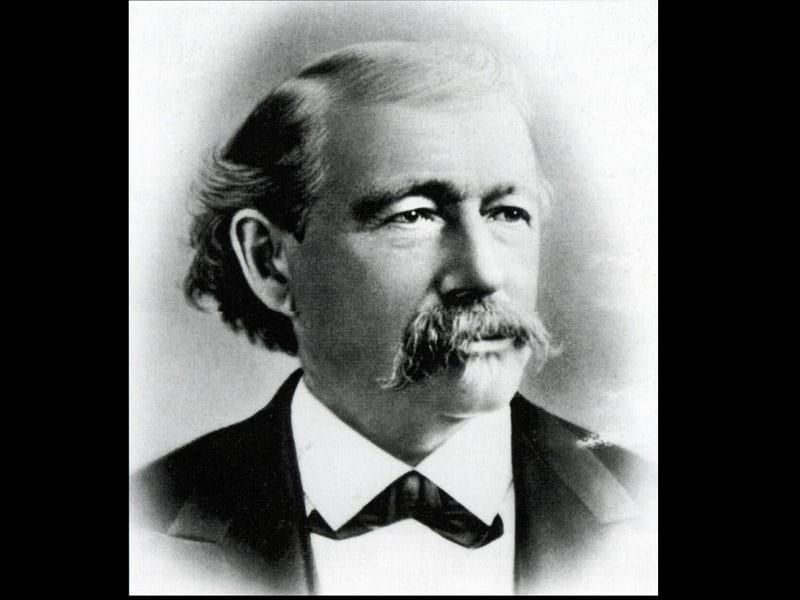
Succession of Belleview Biltmore Ownership
1897 – 1899 – Hotel Belleview Ownership: The Plant Investment Company – Henry B. Plant
1899 – 1919 – Hotel Belleview Ownership: The Plant Investment Company – Morton Freeman Plant (son of Henry B. Plant)
1920 – 1935 – Belleview Biltmore Hotel Ownership: The Biltmore Hotel Chain – John McEntee Bowman
1935 – 1939 – Belleview Biltmore Hotel Ownership: Hotel went into receivership, following losses suffered during Great Depression
1939 – 1942 – Belleview Biltmore Hotel Ownership: Kirkeby Hotels – Arnold & Carlotta Kirkeby
1942 – 1944 – Belleview Biltmore Hotel Ownership: Kirkeby Hotels, but leased to U.S. Army Air Corps
1944 – Belleview Biltmore Hotel Ownership: Kirkeby Hotels but remained closed following departure of US Army Air Corps
1944 – 1946 – Belleview Biltmore Hotel Ownership: Ed C. Wright ($275K)
1944 – 1990 – Property surrounding Hotel, including East & West golf courses Ownership: Ed C. Wright
1946 – 1990 – Belleview Biltmore Hotel Ownership: The Powel Group – Bernard & Mary Powell, Nora Mae Peabody & Roger L. Stevens ($500K) Note: The Powel Group purchased hotel & 20+ acres of surrounding property. The Powell Group also entered into a 20-year lease on remaining bluff property (including the golf courses) with option to renew/purchase that property at a later date. Additionally, Powell purchased property on Sand Key Beach and built a Cabana Club, as an amenity to the hotel and also purchased a third golf course, The Pelican, located approximately 1 ½ miles from the hotel. 1969 – Bluff Property surrounding hotel, including East & West golf courses Ownership: U.S. Steel (Following death of Ed C. Wright) Note: Executor listed multiple Wright properties in Wall Street Journal. This property was acquired by U.S. Steel within 24 hours. The property lease between the Powell Group and Wright was made part of the sale.
1987 – U.S. Steel sells the two golf courses to real estate broker Bobby Byrd, who in turn, sells the property to membership, forming a private country club: The Belleview Biltmore Country Club (currently d.b.a.: Belleair Country Club.) Note: The property lease between the Powell Group and Wright was made part of the sale.
1990 – 997 – Belleview Mido Hotel Ownership: Mido Development Company, LTD — Hideo Kurosawa ($27.5M) Note: Conflicts arose between the BCC and Mido, resulting in the BCC going to court to break the lease between Powell & the Hotel. The BCC was successful in claiming the lease did not contain a survivorship clause, which would have required the BCC to continue to honor the lease with a new owner. Mido then
changed the name of The Pelican to The Belleview Mido Country Club and built a new clubhouse that resembled the hotel.
1997 – 2003 – Belleview Biltmore Resort Ownership: Jetha Corporation – The Jetha Family ($16M) The Jetha Corporation changed the name of the hotel back to the Belleview Biltmore and changed the name of the golf course to: Belleview Biltmore Country Club
2003 – 2007 – Belleview Biltmore Resort Ownership: Urdang & Associates of Pennsylvania Noter: mortgage holder took the property back in a friendly foreclosure.
2005 – Town of Belleair institutes a Historic Preservation Ordinance, hoping to protect and preserve the Belleview Biltmore Hotel
2007 – 2010 – Belleview Biltmore Resort Ownership: Legg Mason Real Estate Investors Group ($26.8 Million)
2012 – 2015 – BB Hotel LLC, BB Golf LLC, BB Beach LLC Ownership: KAWA Capital Management – Daniel & Rafael Ades ($8M) Note: Hotel properties were divided into 3 separate entities at time of purchase.
2012 – BB Hotel LLC, BB Golf Course LLC, Cabana Club LLC Ownership: KAWA Capital Management – Daniel & Rafael Ades Note: KAWA, which both owns and holds the mortgages on the three entities, threatens to foreclose on themselves unless the Town of Belleair agrees to lift liens placed on all three properties for non-payment of escalating fines on BB Hotel LLC (unpaid fine of $250/day for unrepaired roof had reached $277,250) Town agrees to KAWA’s terms, reducing KAWA’s fine to $50,000 and releasing liens.
2012 – BB Golf LLC Ownership: Town of Belleair purchases BB Golf LLC ($3.5M)
2012 – BB Beach LLC Ownership: Tampa Developer Brian Taub purchases BB Beach LLC ($2.1M)
2014 – BB Hotel LLC Ownership: KAWA Capital Management enters into a contingent contract with JMC Communities Note: JMC’s contract was contingent on the Town’s agreement to rezone the property, provide authorization to demolish the Belleview Biltmore Hotel and its surrounding cottages, and approving JMC’s plans to build a condo/town home community at that location.
2014 – BB Hotel LLC Ownership: JMC Communities ($6.2M + approx. $400K services in kind.) Note: A compromise was reached, wherein JMC agreed to preserve and convert the original lobby section of the hotel, the rooms directly above the lobby, and the Carriage Porch, into a small inn on the property.
2015 – BB Hotel LLC Ownership: JMC Communities Note: The modern sections of the hotel were demolished. Once the rubble was removed, the rest of the hotel was carefully deconstructed, and the historic building materials sold as salvage. JMC reported that a construction accident made saving/relocating the Carriage Porch cost prohibitive, but the original lobby section of the Belleview Hotel was preserved.
2016 – Belleview Place Ownership: JMC Communities Following the demolition of the massive Belleview Biltmore hotel, its basement, resort amenities, and carriage porch, the small remaining section of the original Belleview Hotel (approximately 4.4%) was moved a few hundred feet, to allow the construction of the new condo and townhome community to begin. Once relocated, the exterior of the preserved section was restored to its 1909 façade, while the interior was gutted and “reimagined” into a small, modern inn. The new structure was renamed: Belleview Inn and opened in 2018.

